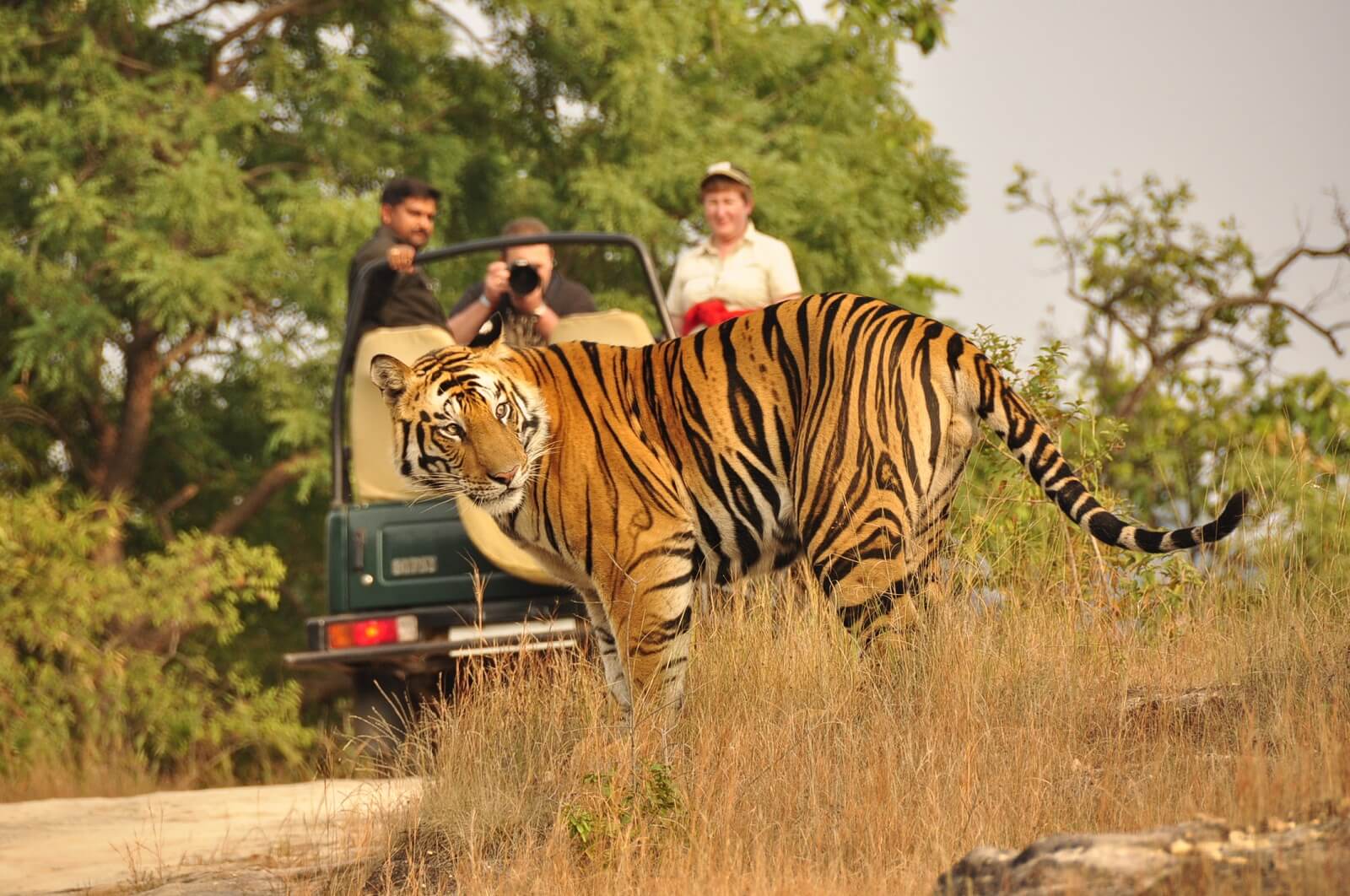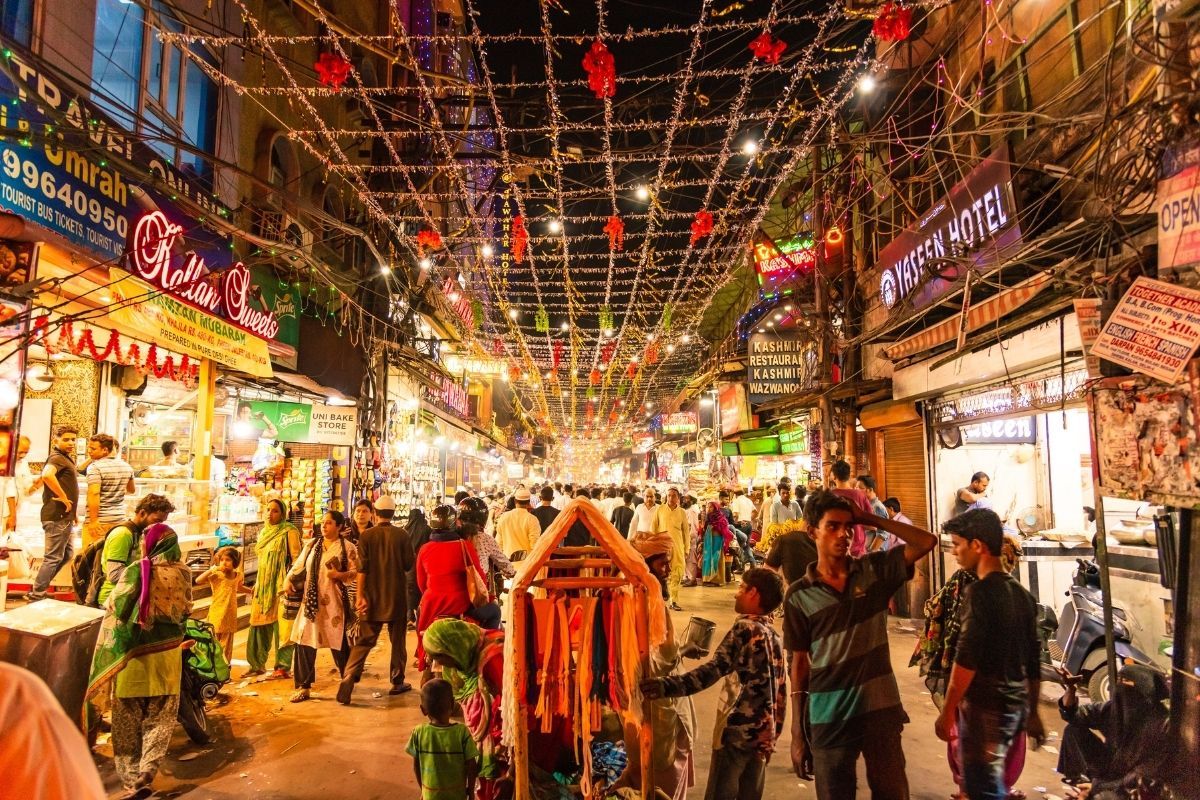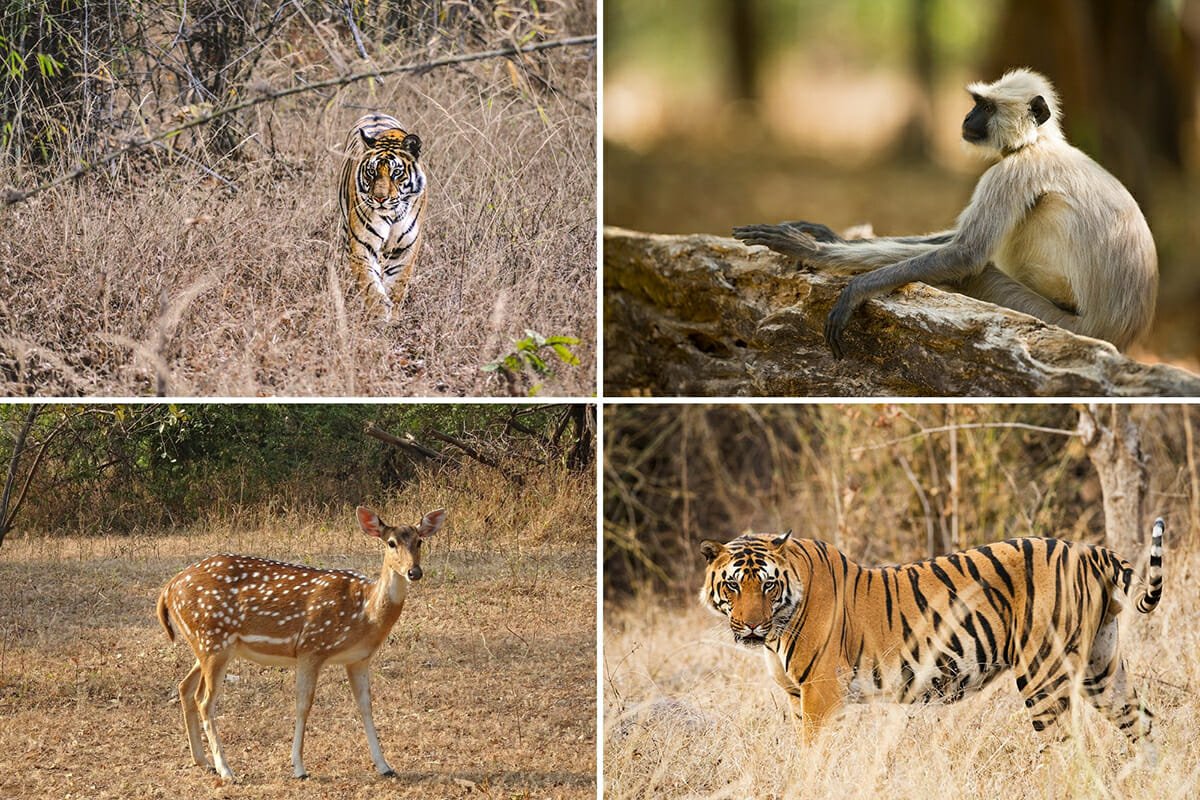Ayurveda in Kerala: Finding Bliss and Wellness in God's Own Country
by
India is blessed with experiences of a lifetime and its blessings are passed on to the travelers. Ayurveda in Kerala is one such blissful experience that draws visitors from far ends of the world. Kerala is the home of Ayurveda, and the experience a Panchakarma detox is one of the most popular treatments sought by travelers visiting India. In fact, Ayurveda treatments are the most important part of Kerala Tour Packages.
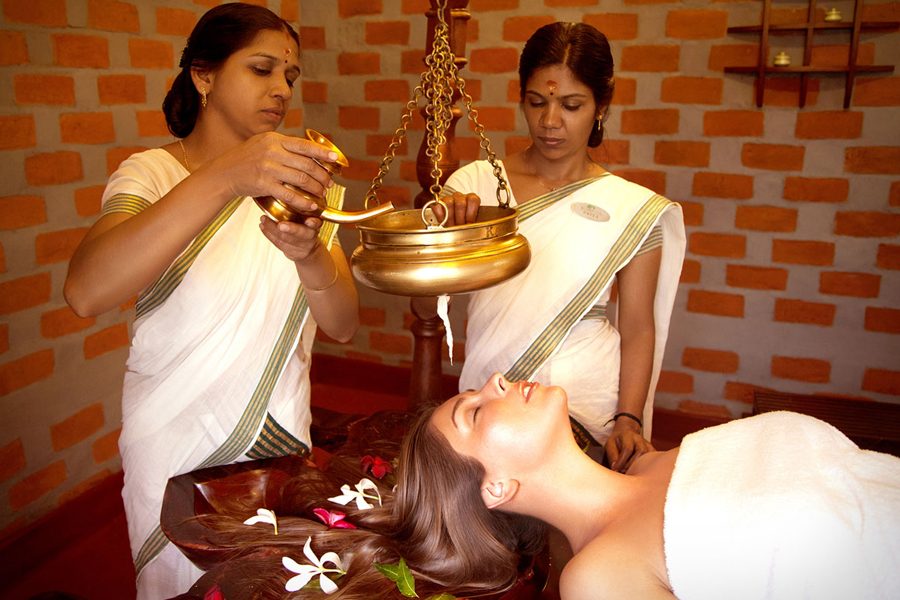
The best time for Ayurveda is anytime you plan an India tour packages. You can include an Ayurveda treatment in your itinerary and be blessed with the holistic science of health and wellness. Traditionally the best time to indulge in Ayurveda sessions are the monsoon season in Kerala, the months from end of June to September. Even the winter is a blissful time as the temperatures are moderate and the weather pleasant.
Ayurveda means the ‘Science (or wisdom) of Life’ in Sanskrit. The 5000-year old science of health and wellness has its roots in Indian Vedic culture along with Yoga. Ayurveda is based on the five elements of Earth, Ether, Air, Fire and Water, and uses these elements as the basis of the three Constitutions or “Doshas” that include Vata, Pitta and Kapha, which form the life energy behind all of our bodily functions. Panchakarma is the five-step process of purifying and cleansing the body, mind and soul using traditional Ayurvedic methods.
When it’s about Ayurvedic Panchakarma (detoxification program), our suggestion is two-week (14 day) stay in Kerala in the Somatheeram Ayurveda Resort, near Kovalam. The Ayurveda retreat is nestled on the beautiful beach getway of Kerala, Kovalam. The resort allows detoxing, relaxing, and feeling the harmony of body, mind and soul. Along with a wide range of treatments, there is yoga, Ayurvedic food, meditation and other wellness programs that complement your holiday in Kerala.

The Panchakarma Treatment: The complete detox programe
The treatment starts with an initial consultation with a warm and friendly doctor. Over the next 14 days, the Panchakarma treatments will pamper your senses.
Treatments/ Therapies included for the 14 Days’ Ayurveda Panchkarma treatment includes:
Day-01 Sarvangam Uzhichil, Nasyam, Snehapanam, Kizhy
Day-02 Sarvangam Uzhichil, Nasyam, Snehapanam, Kizhy
Day-03 Sarvangam Uzhichil, Nasyam, Snehapanam, Sirodhara
Day-04 Sarvangam Uzhichil, Nasyam, Snehapanam, Sirodhara
Day-05 Sarvangam Uzhichil, Elakizhy
Day-06 General Therapy, Elakizhy
Day-07 General Therapy, Elakizhy, Purgation
Day-08 Sarvangam Uzhichil, Mukhalepam, Lepanam
Day-09 General Therapy, Dasamoola Ksheeradhara, Tarpanam
Day-10 General Therapy, Dasamoola Ksheeradhara, Karna Pooranam
Day-11 General Therapy, Elakizhy
Day-12 General Therapy, Elakizhy, Purgation
Day-13 Sarvangam Uzhichil, Mukhalepam, Lepanam
Day-14 General Therapy, Dasamoola Ksheeradhara, Tarpanam
Shirodhara is one of the most relaxing Ayurveda treatments, where oil is slowly poured over the head while there are massages with herbal packs, oils and other techniques that purge the body from all toxins.
A stay in the Ayurveda resort in Kerala follows a rigid schedule. You have to begin the day waking up at 4.30am for 5am Pooja (prayer ceremonies) each day, 6am Yoga, followed by meals, treatment & consultation with the Doctor during the day, then more yoga and evening pooja before bed time. The Ayurvedic Diet at Somat-0heeram Ayurveda Resort is simple and comprises pure vegetarian food. The diet is largely free of wheat, gluten, caffeine, sugar and dairy (except for ghee and cows’ milk which are important to the Ayurvedic doctrine). Your diet can also be customized according to your body needs and requirements.
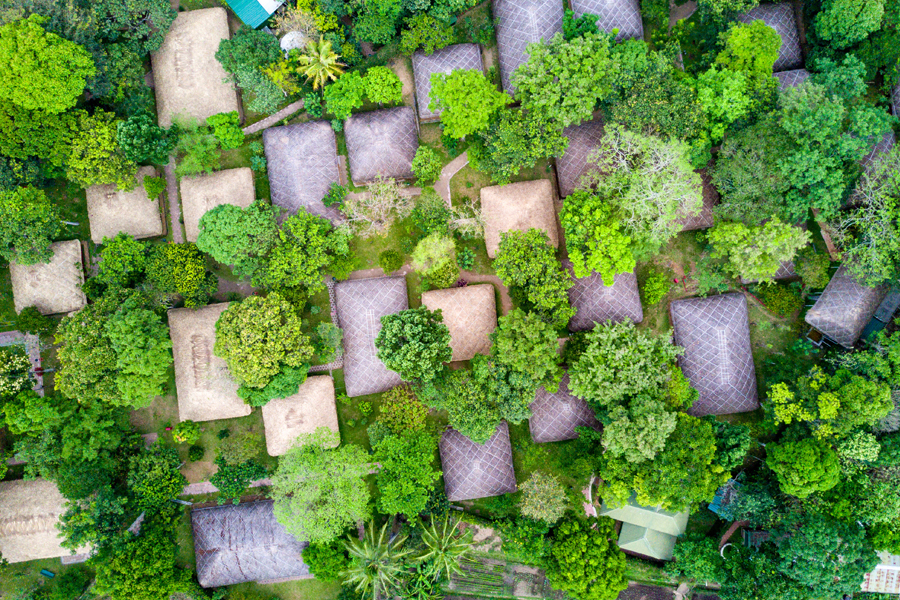
After a Panchakarma experience or even during the five-step detox Ayurveda treatment, you will certainly felt different. Aches and pains in muscles will disappear through application of herbal pastes, digestion will be much improved and the detox has made you feel lighter and freer than ever before. You will return home blessed by God’s Own Country.
Now if you are planning to find the best Ayurvedic massage in Kerala, you can choose one of any of the best Ayurveda resorts in India on an India tour. Some of the popular Ayurveda resorts to indulge in an authentic experience of Ayurvedic healing and wellness getaways are:
- Ananda in the Himalayas, Rishikesh, Uttarakhand
- Kairali Ayurvedic Health Resort, Pallakad, Kerala
- Kalari Kovilakom, Pallakad ,KeralaSwaSwara, Gokarna (near Goa)
- Coconut Lagoon, Kumarakom, Kerala
- Spice Village Resort , Thekkady, Kerala
- Marari Beach Resort, Mararikulam, Kerala

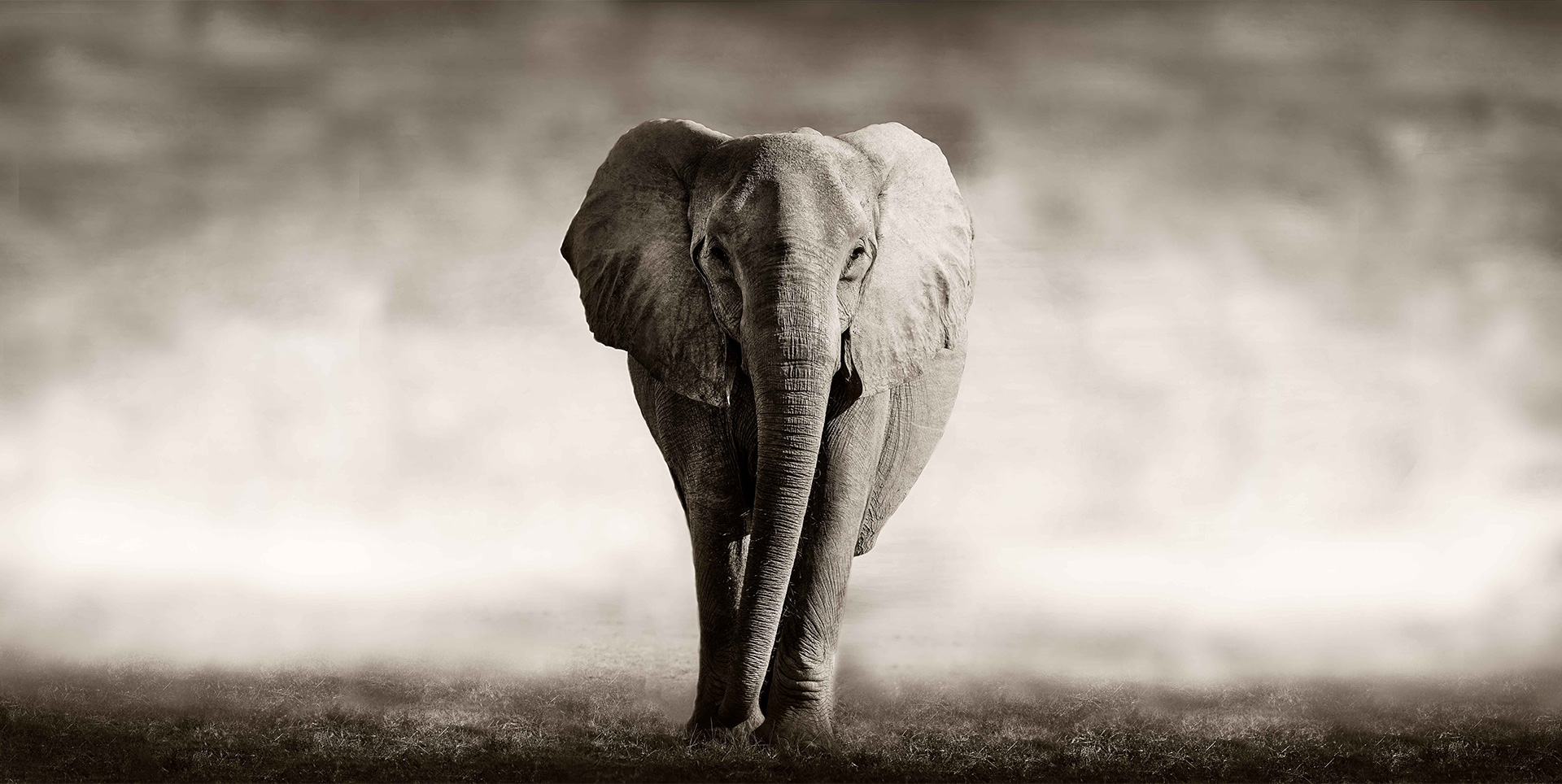
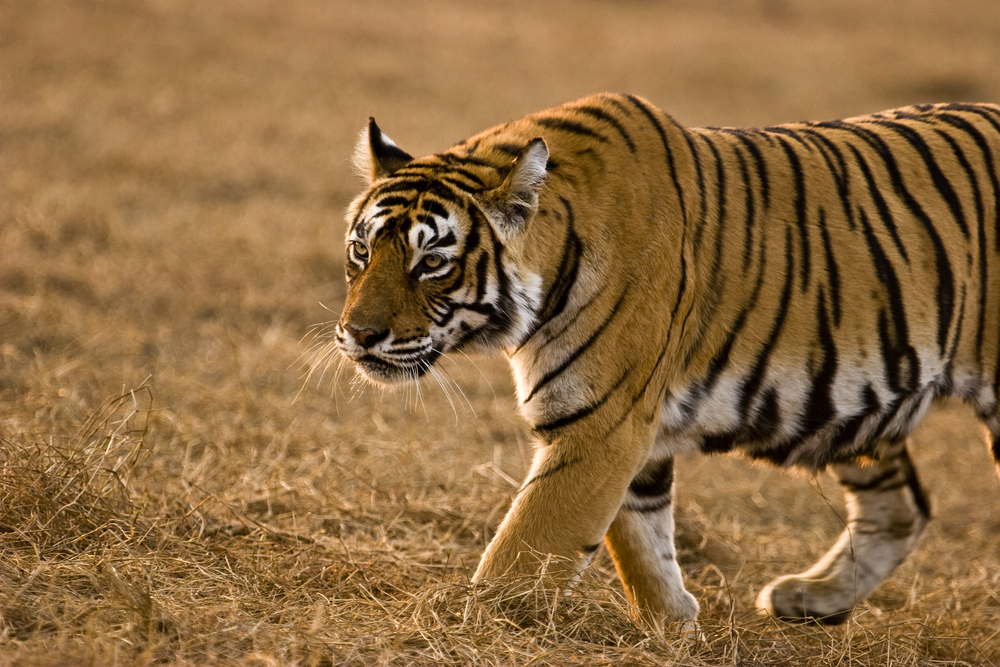
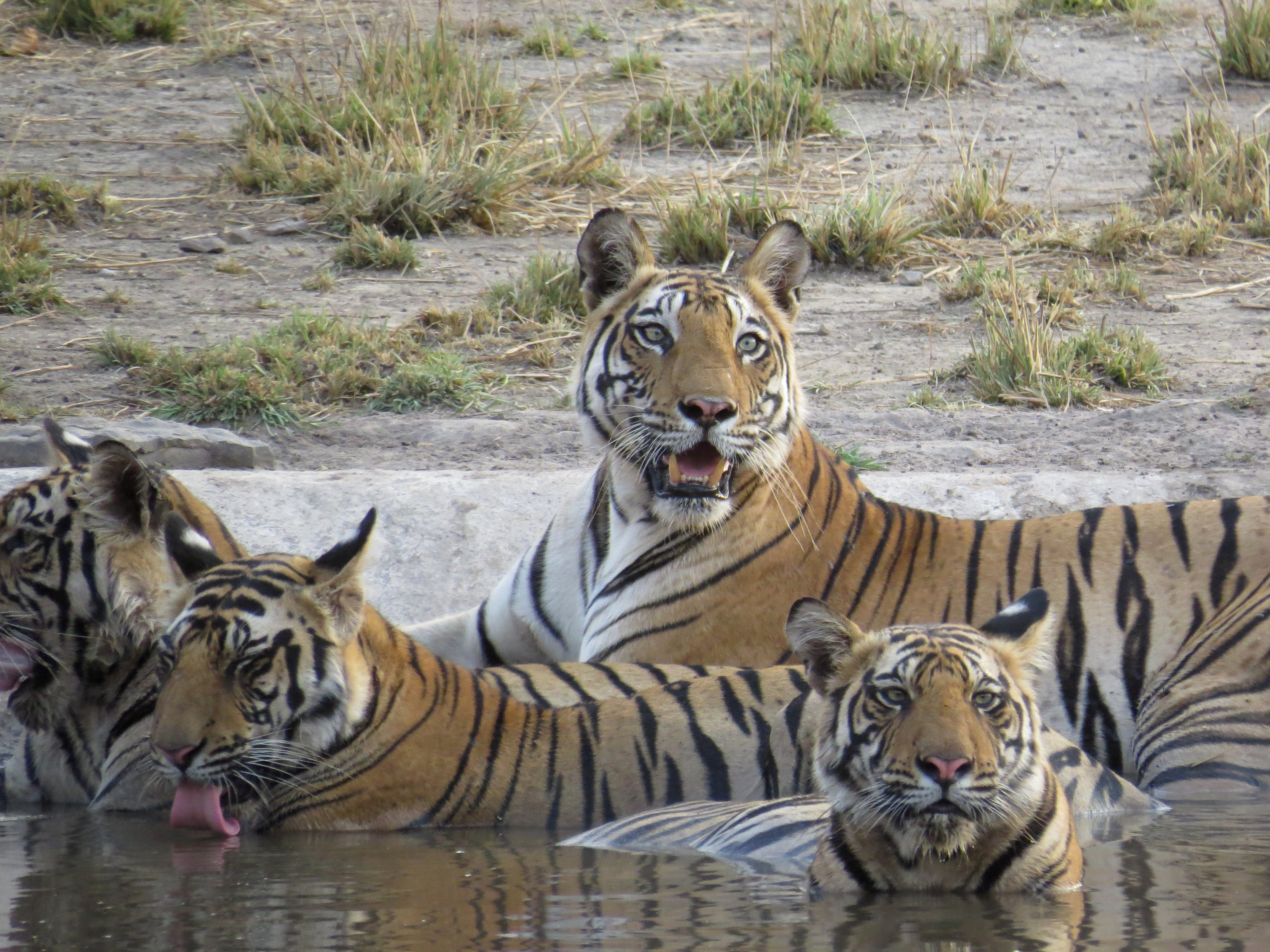
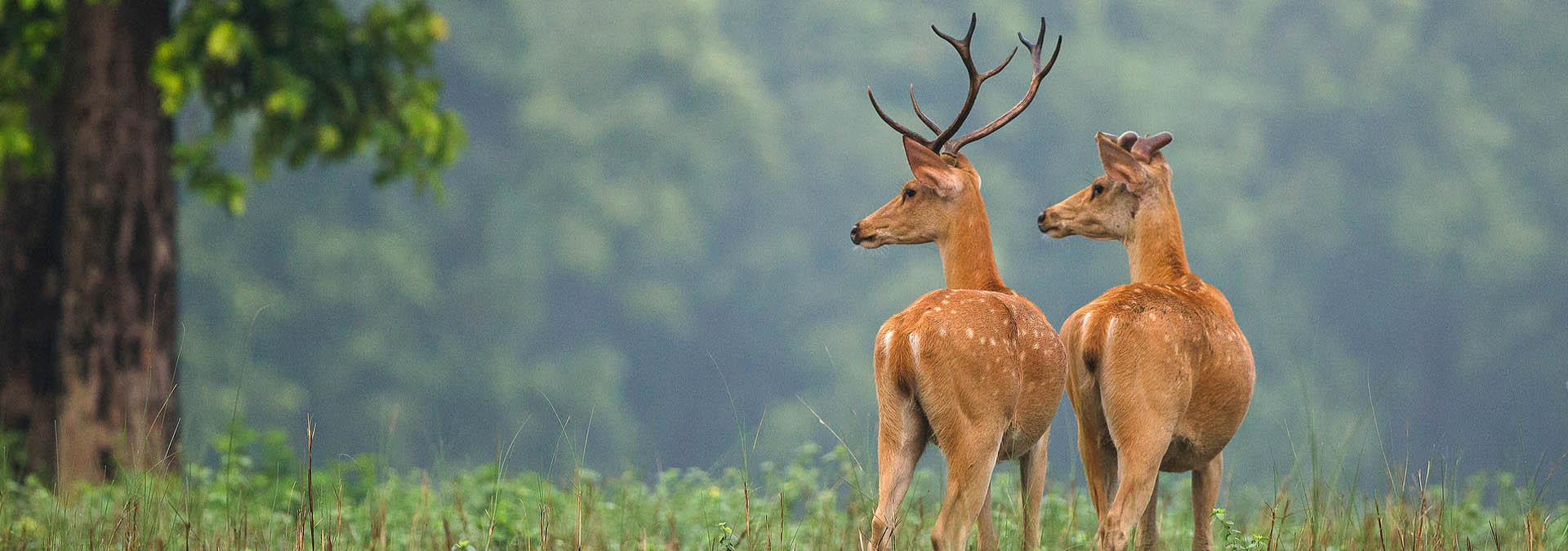

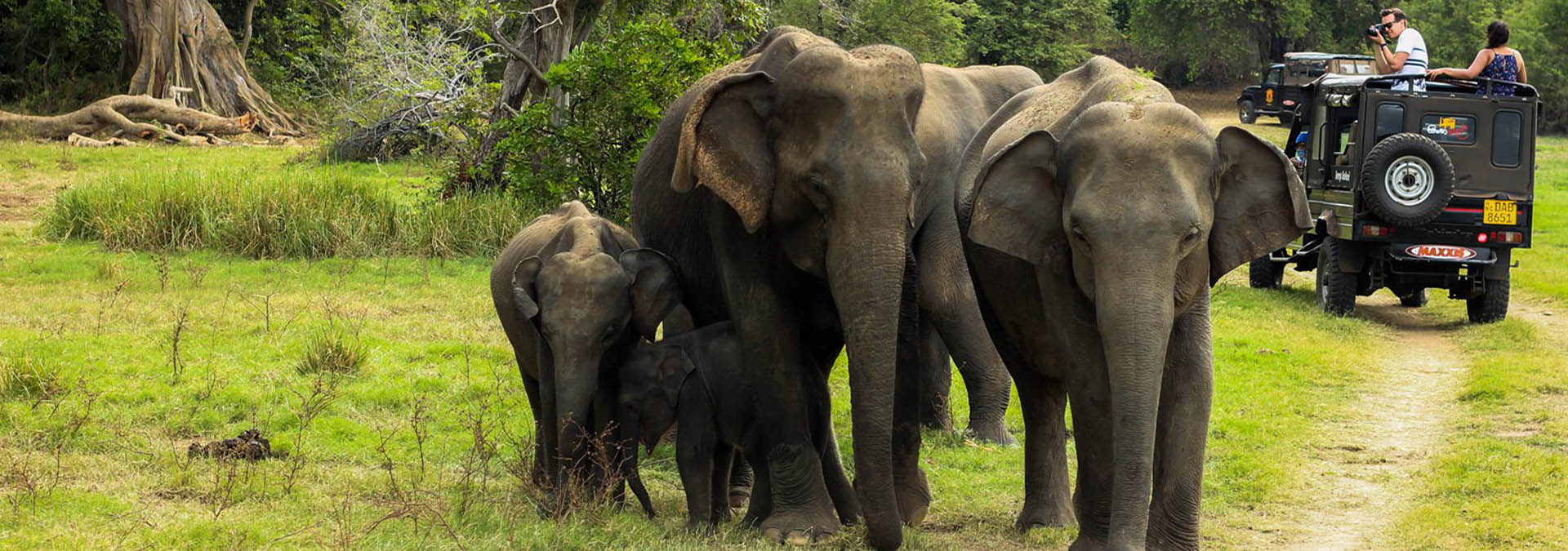
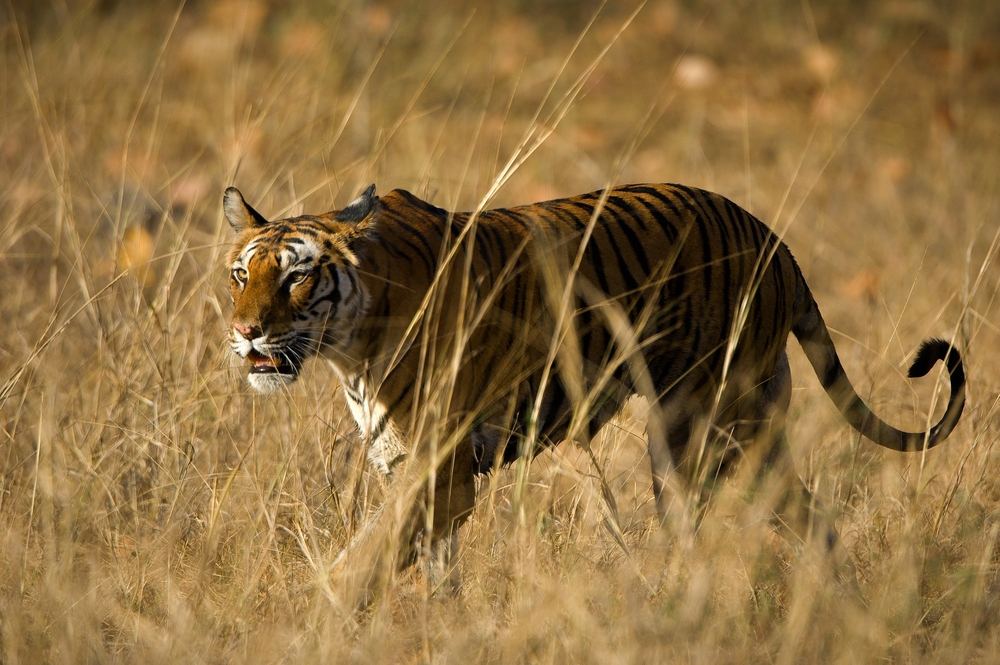
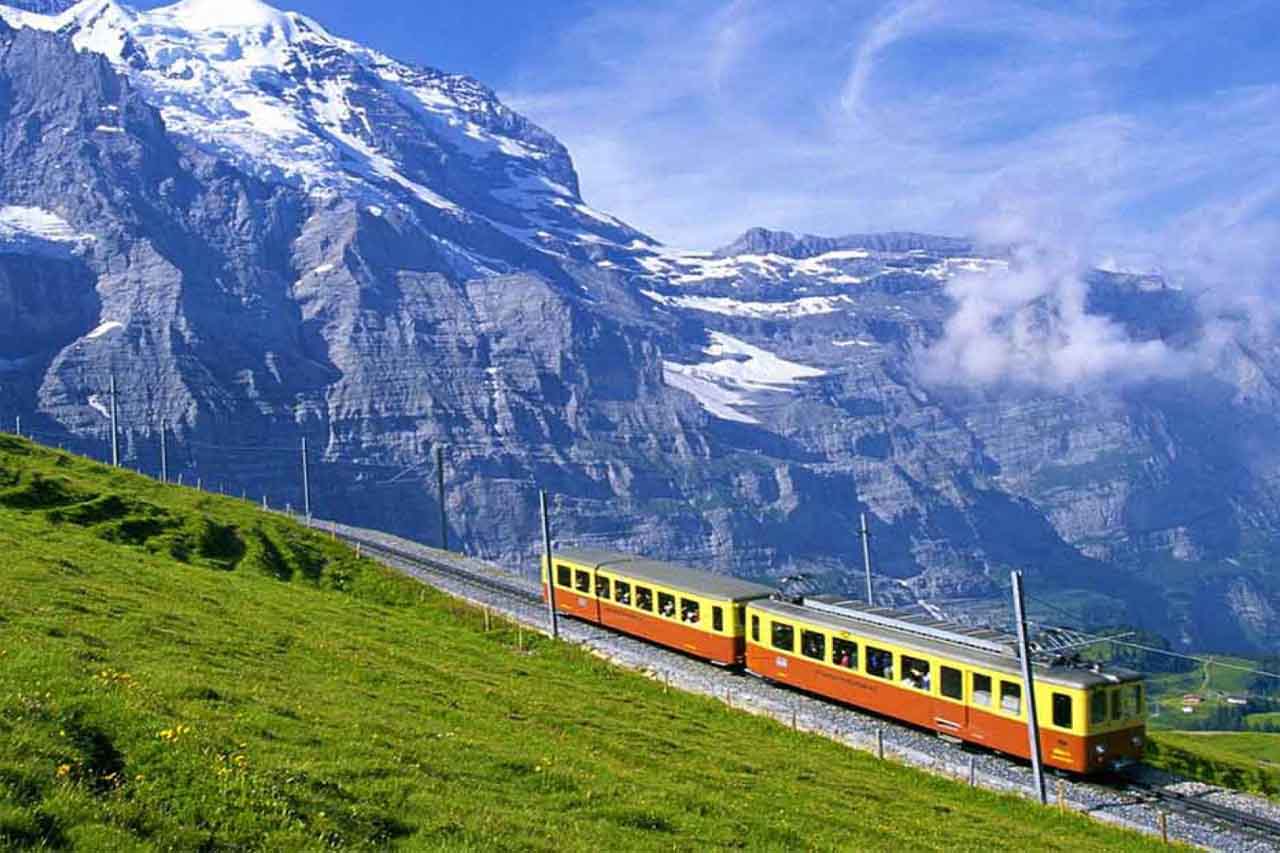 Courtesy to the magnificent mountain backdrop, Darjeeling has earned a name as the “Queen of the Himalayas”. What more is the hill town is perfect for vacations with family, a romantic honeymoon; a
Courtesy to the magnificent mountain backdrop, Darjeeling has earned a name as the “Queen of the Himalayas”. What more is the hill town is perfect for vacations with family, a romantic honeymoon; a 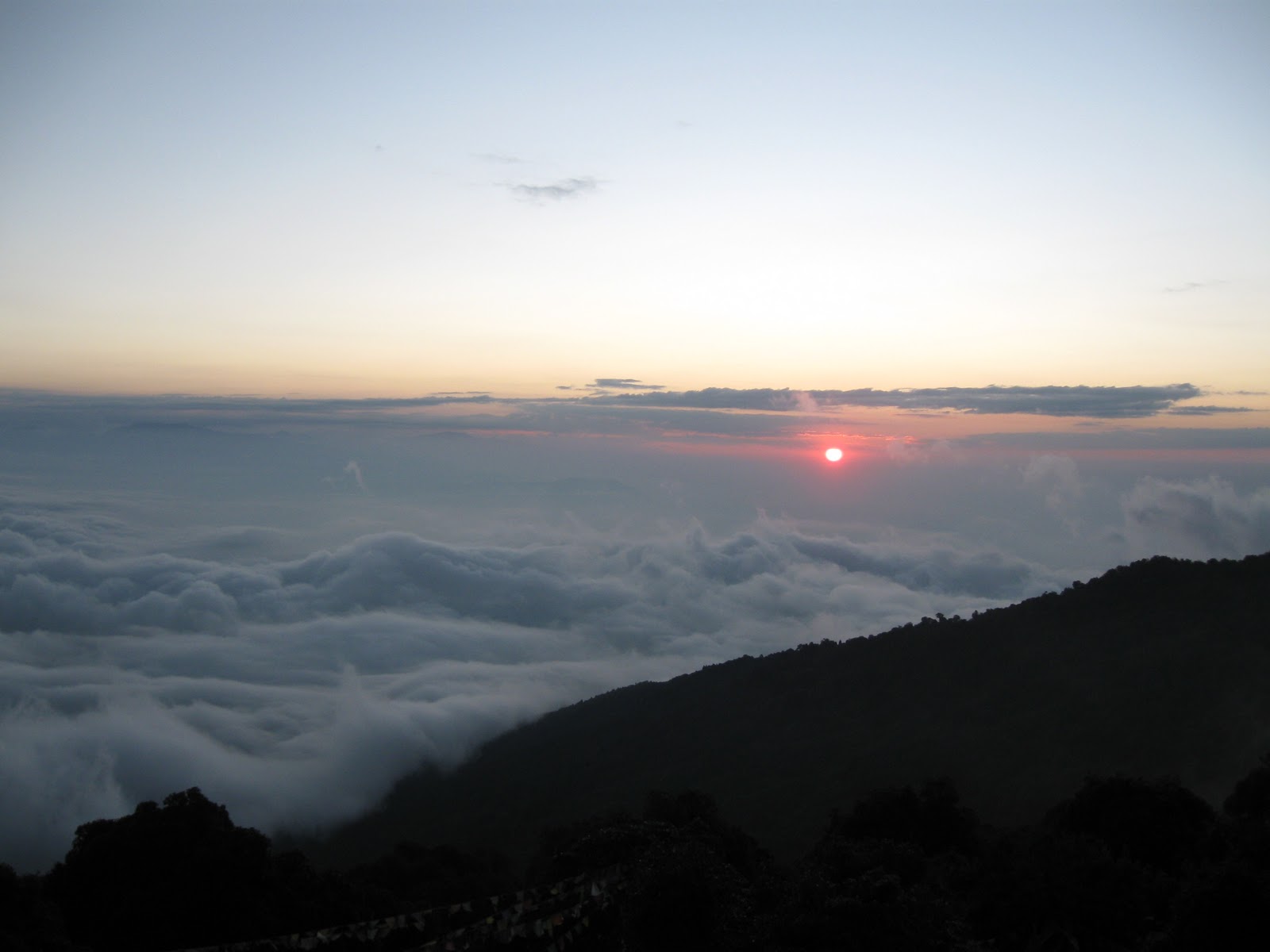 Ghoom Monastery: Darjeeling’s oldest Tibetan Monastery
Ghoom Monastery: Darjeeling’s oldest Tibetan Monastery 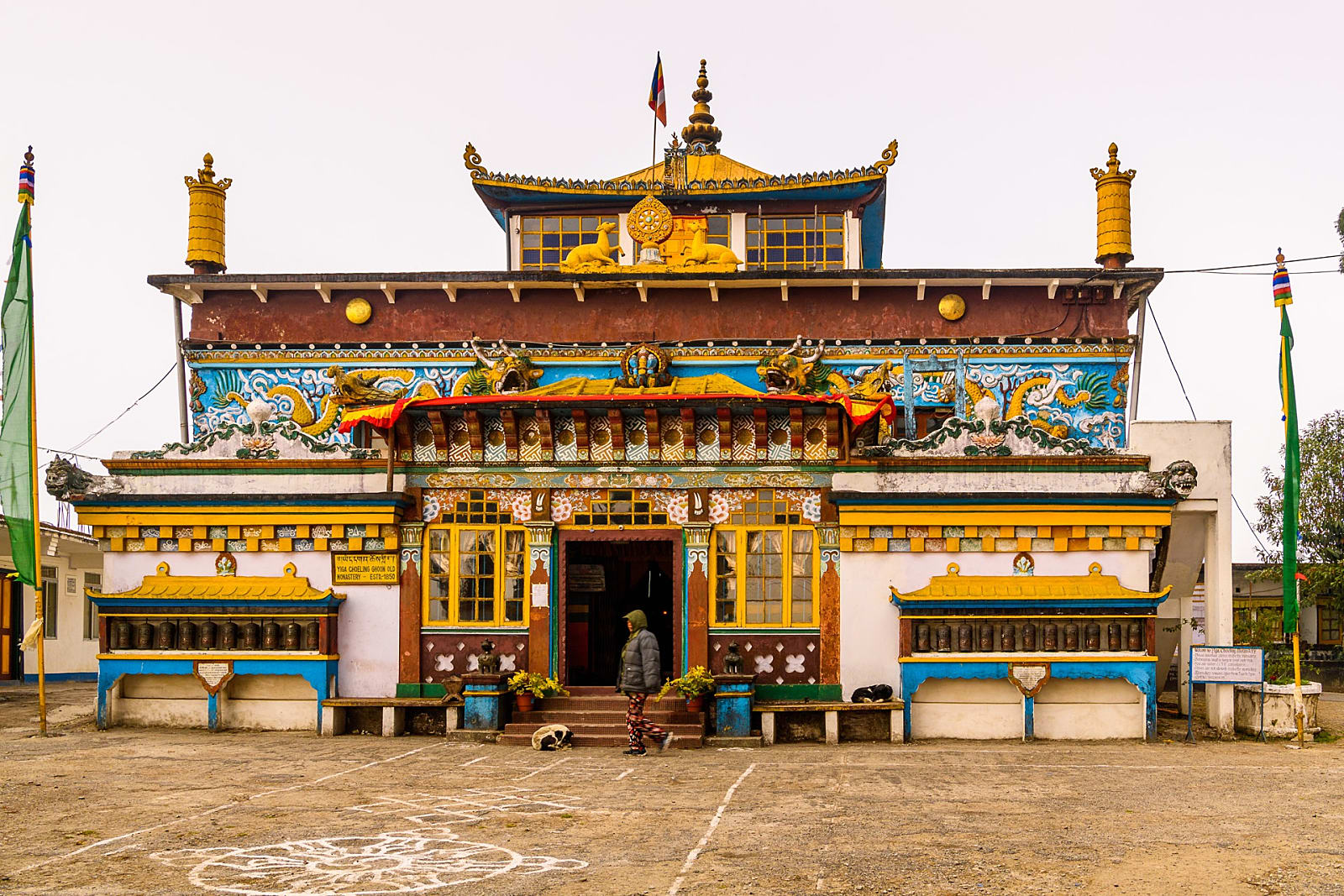 Japanese Peace Pagoda: A serene farewell
Japanese Peace Pagoda: A serene farewell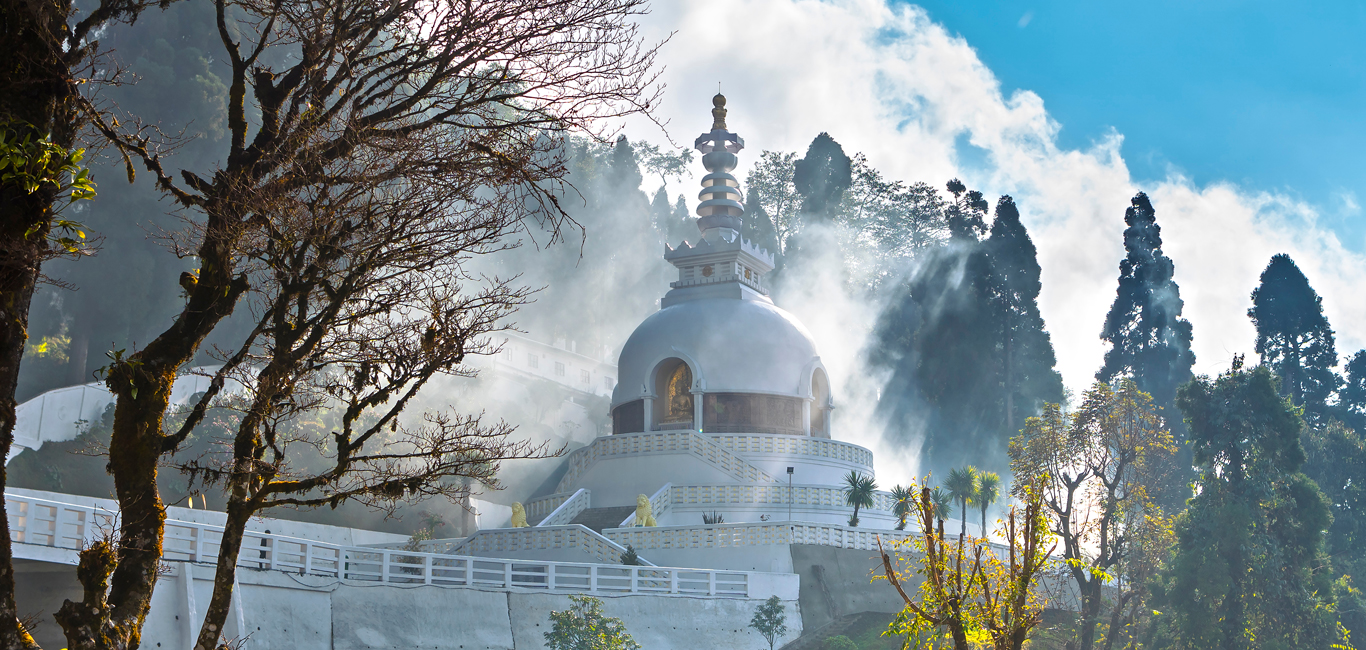 Happy Valley Tea Garden: Oldest tea estate of Darjeeling
Happy Valley Tea Garden: Oldest tea estate of Darjeeling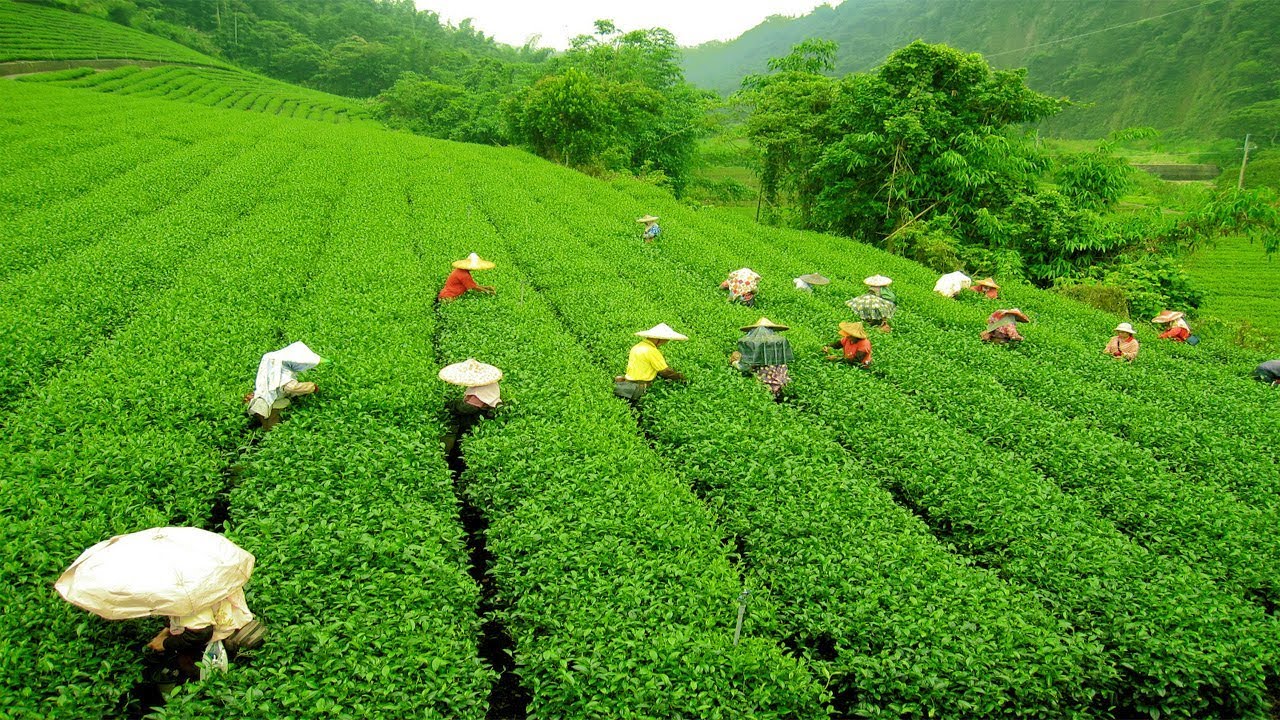 Walk amid the lush estates, watch the workers pluck fresh leaves to brew and there are also options to learn the entire process of tea-making. Darjeeling’s Happy Valley Tea Garden is worth exploring. Stretching across 437 acres area, this is the oldest tea estate of Darjeeling and a popular tourist attraction.
Walk amid the lush estates, watch the workers pluck fresh leaves to brew and there are also options to learn the entire process of tea-making. Darjeeling’s Happy Valley Tea Garden is worth exploring. Stretching across 437 acres area, this is the oldest tea estate of Darjeeling and a popular tourist attraction.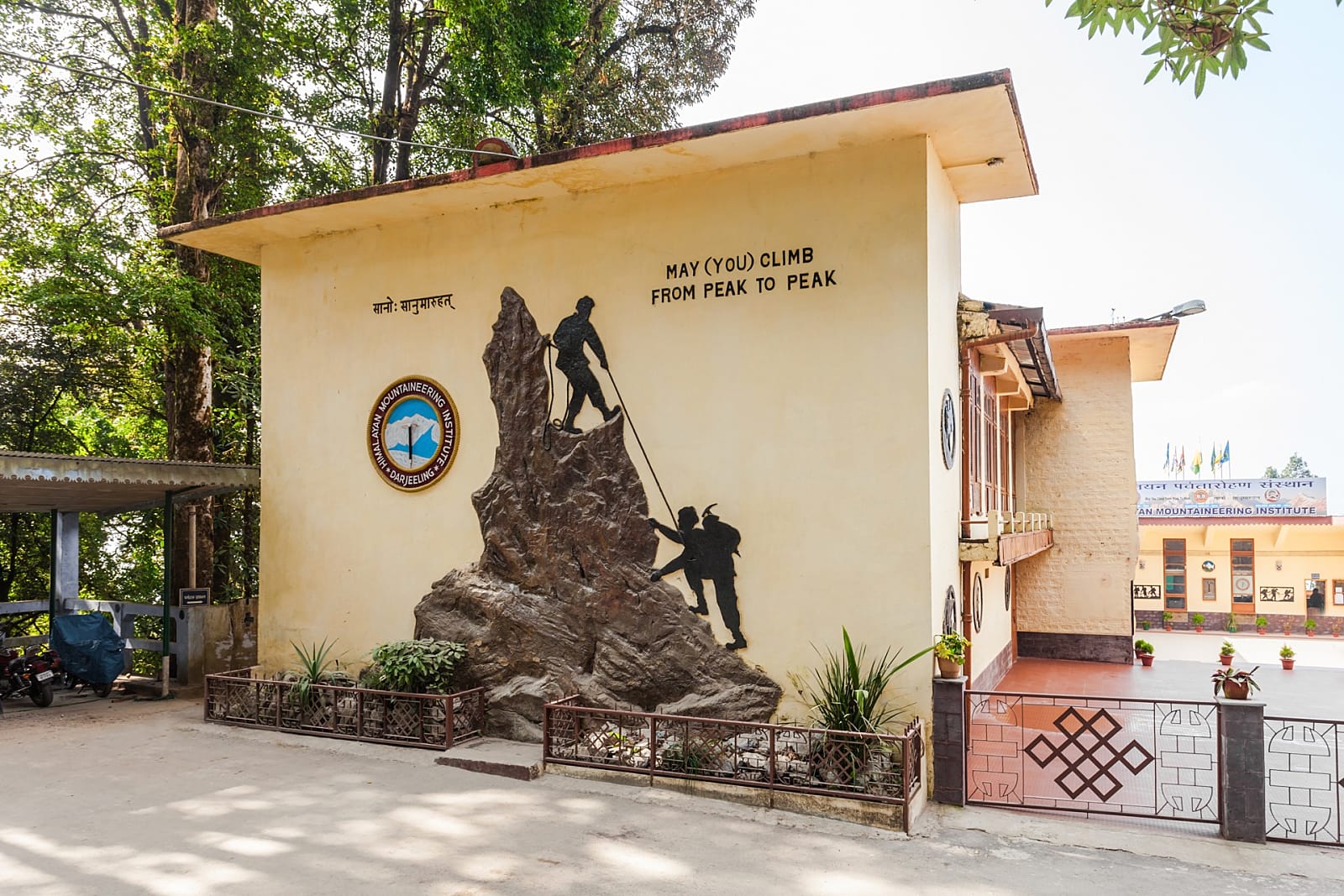 Darjeeling Himalayan Railway (DHR): A joyride with the Toy-train
Darjeeling Himalayan Railway (DHR): A joyride with the Toy-train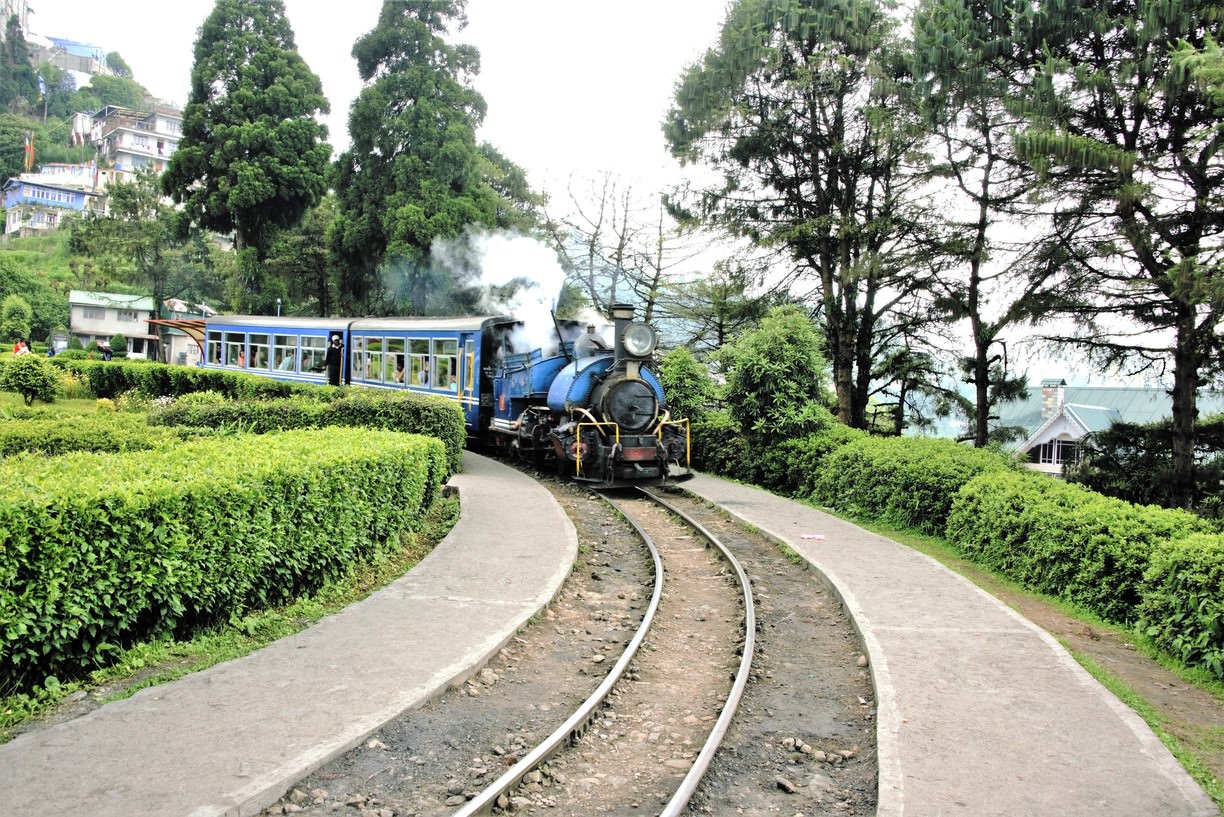 Batasia Loop: Darjeeling’s spiral railway
Batasia Loop: Darjeeling’s spiral railway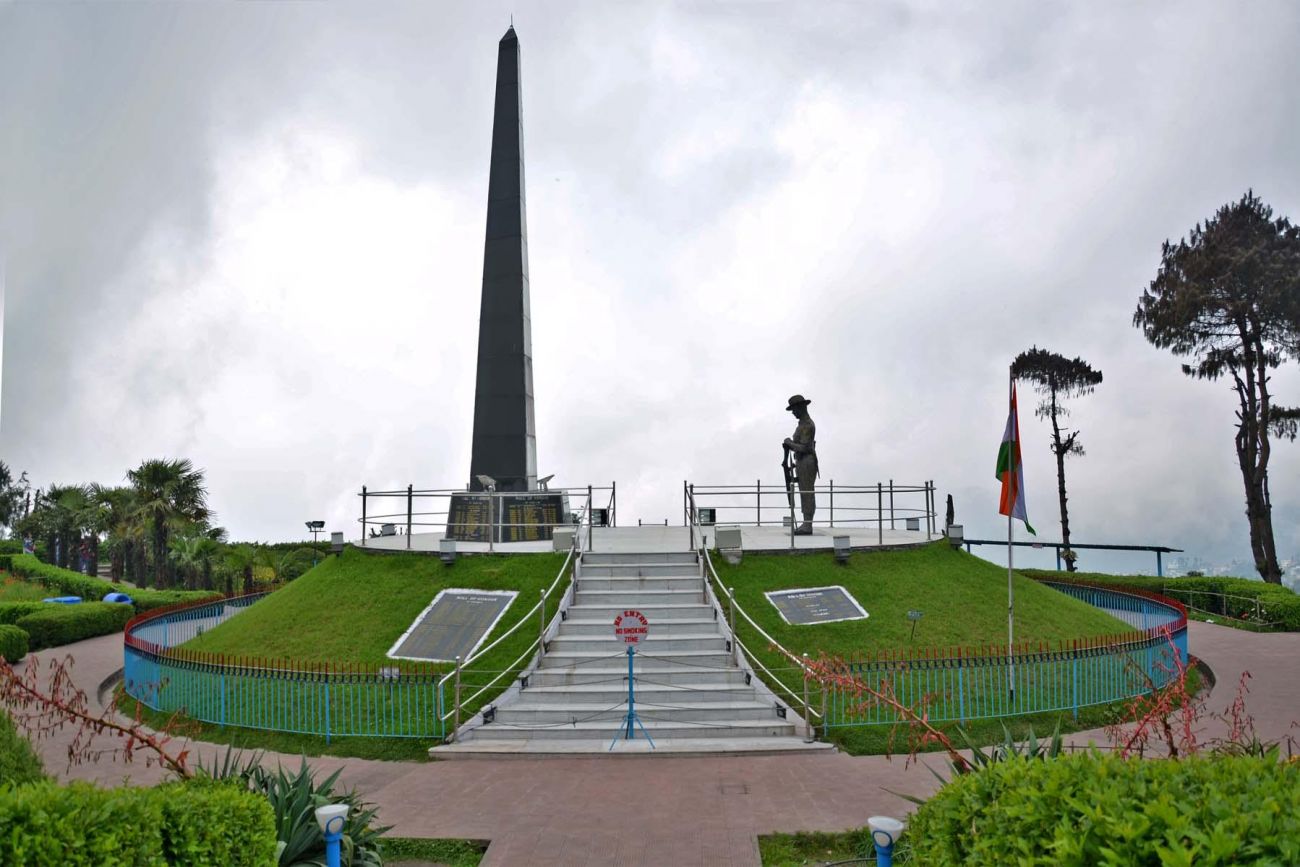 With lush gardens, eateries and incredible vistas of the panorama, Batasia Loop is an amazing site to soak in the pleasures of Darjeeling.
With lush gardens, eateries and incredible vistas of the panorama, Batasia Loop is an amazing site to soak in the pleasures of Darjeeling.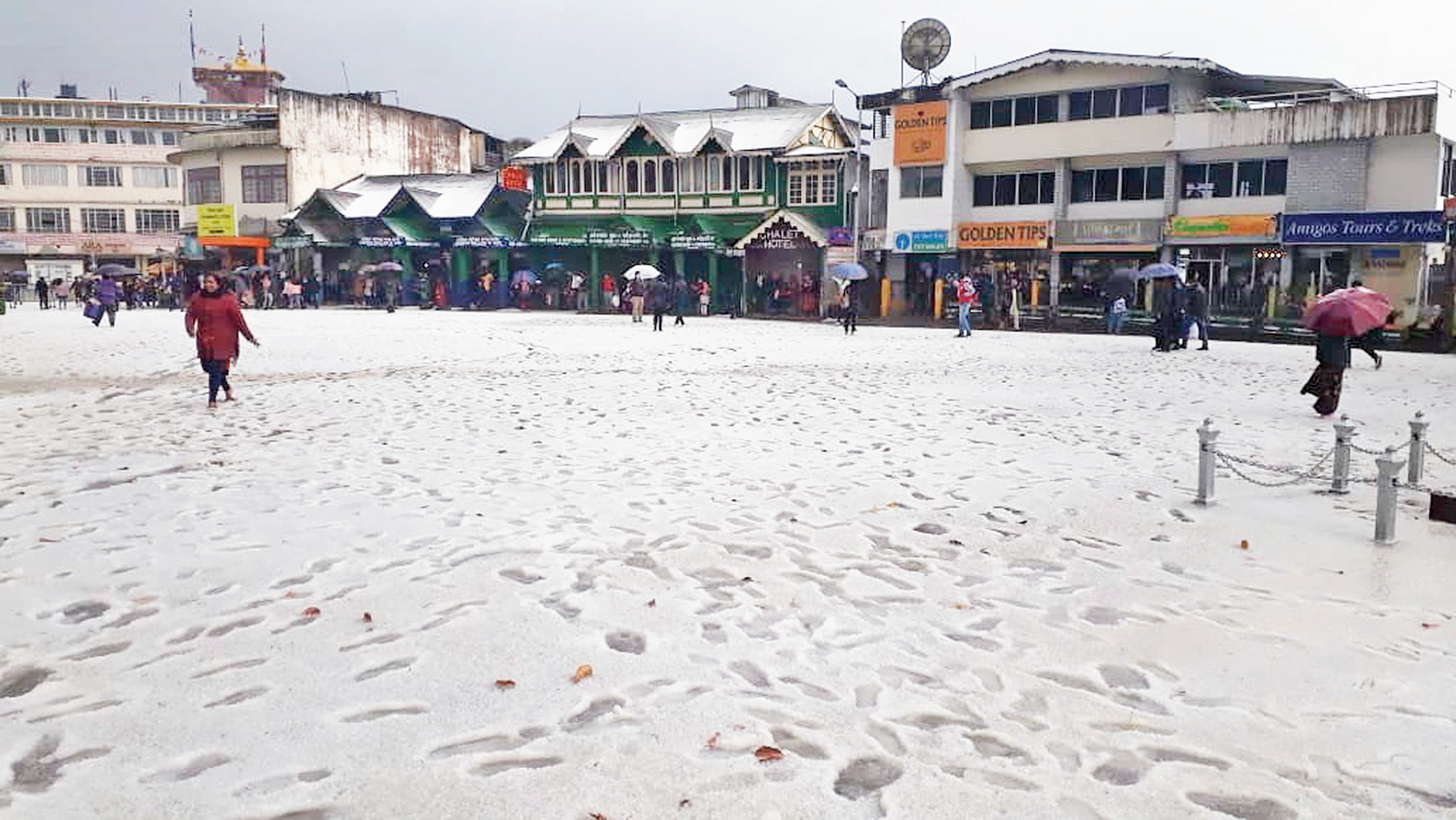 Darjeeling tours are an experience of a lifetime. To make it all the more special, stay at the best hotels of the hill station. Choose to stay at the Glenburn Tea Estate to experience the bliss of tea gardens. For the colonial feel, there are many other choices. The Elgin Hotel is a 120-year-old residence, reminiscent of the days of the British Raj. Windamere Hotel is one of the three Jewels of the Raj.
Darjeeling tours are an experience of a lifetime. To make it all the more special, stay at the best hotels of the hill station. Choose to stay at the Glenburn Tea Estate to experience the bliss of tea gardens. For the colonial feel, there are many other choices. The Elgin Hotel is a 120-year-old residence, reminiscent of the days of the British Raj. Windamere Hotel is one of the three Jewels of the Raj.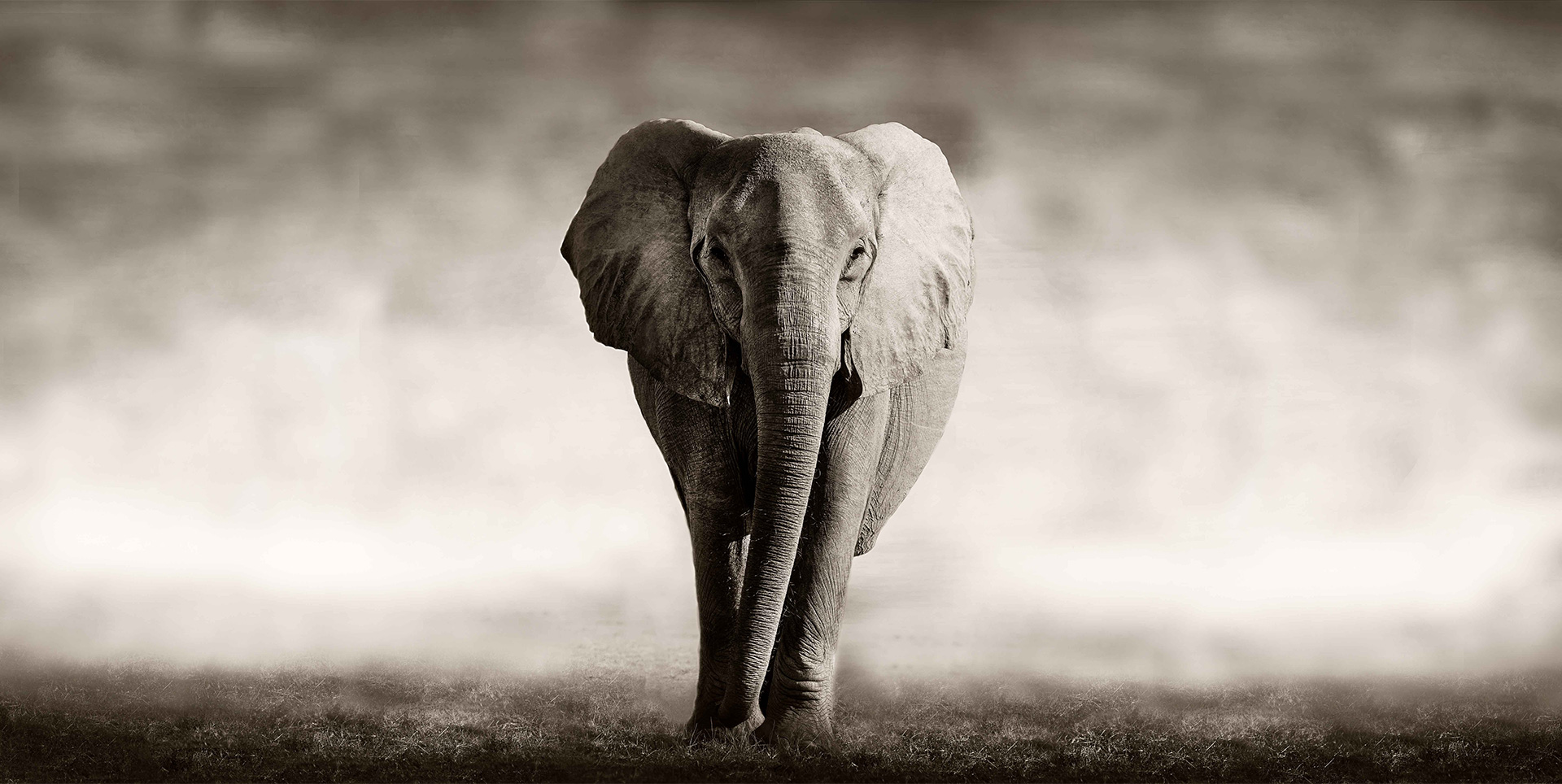
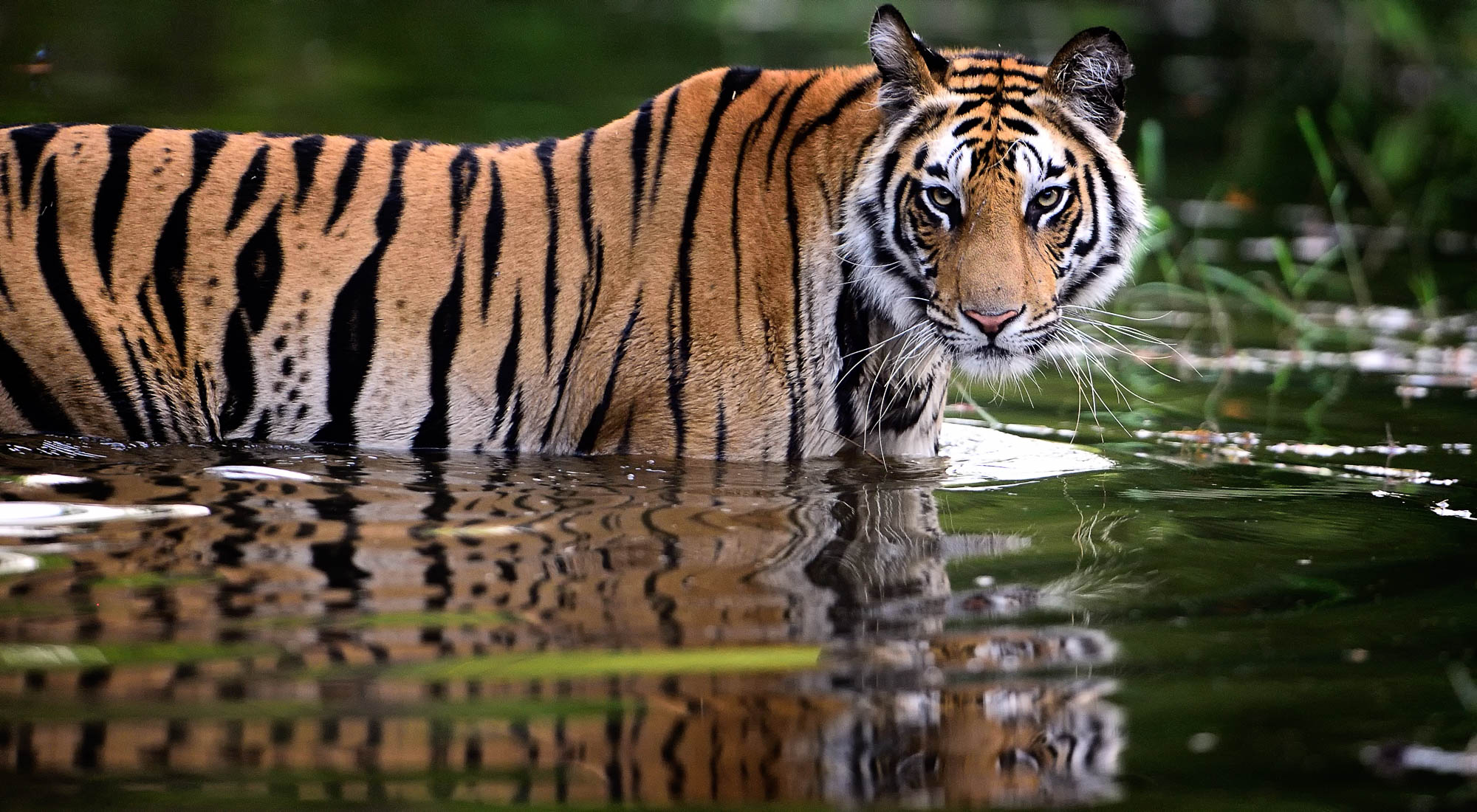
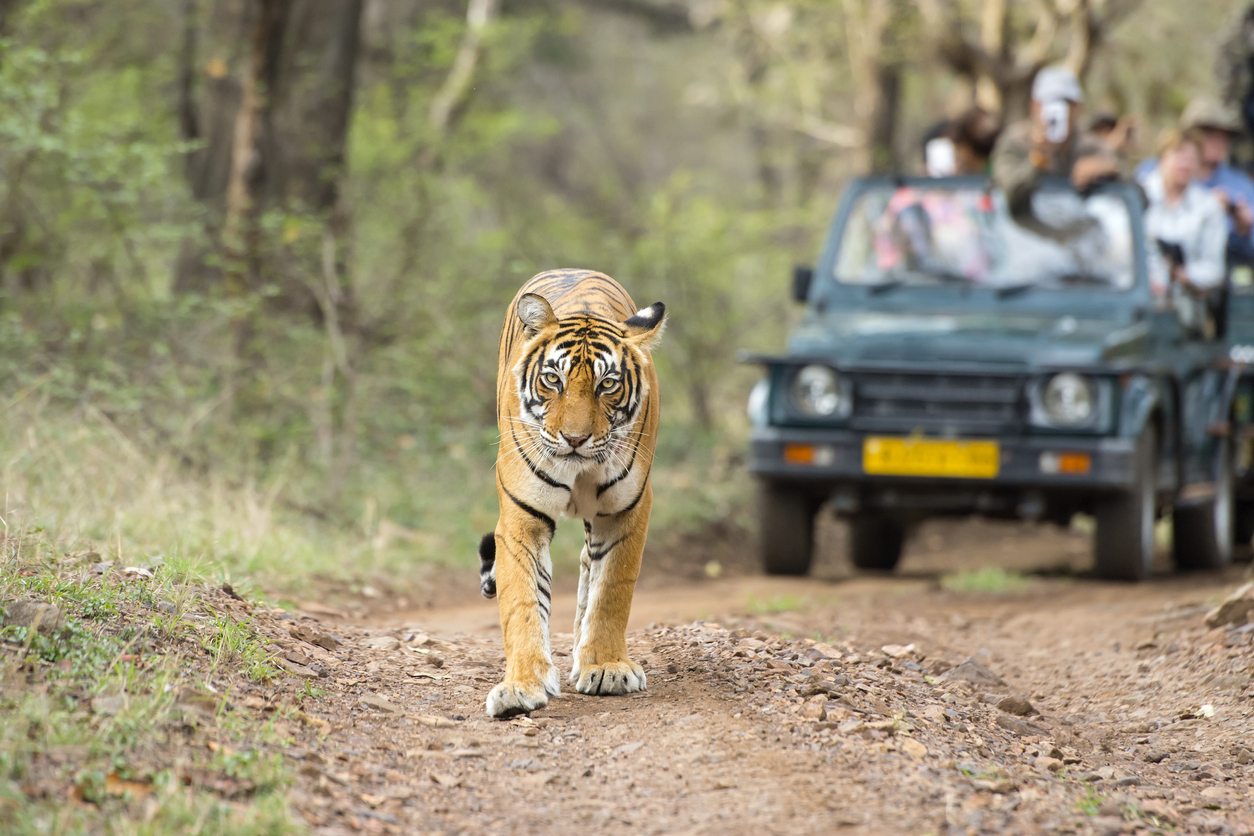 Stay at the heritage
Stay at the heritage 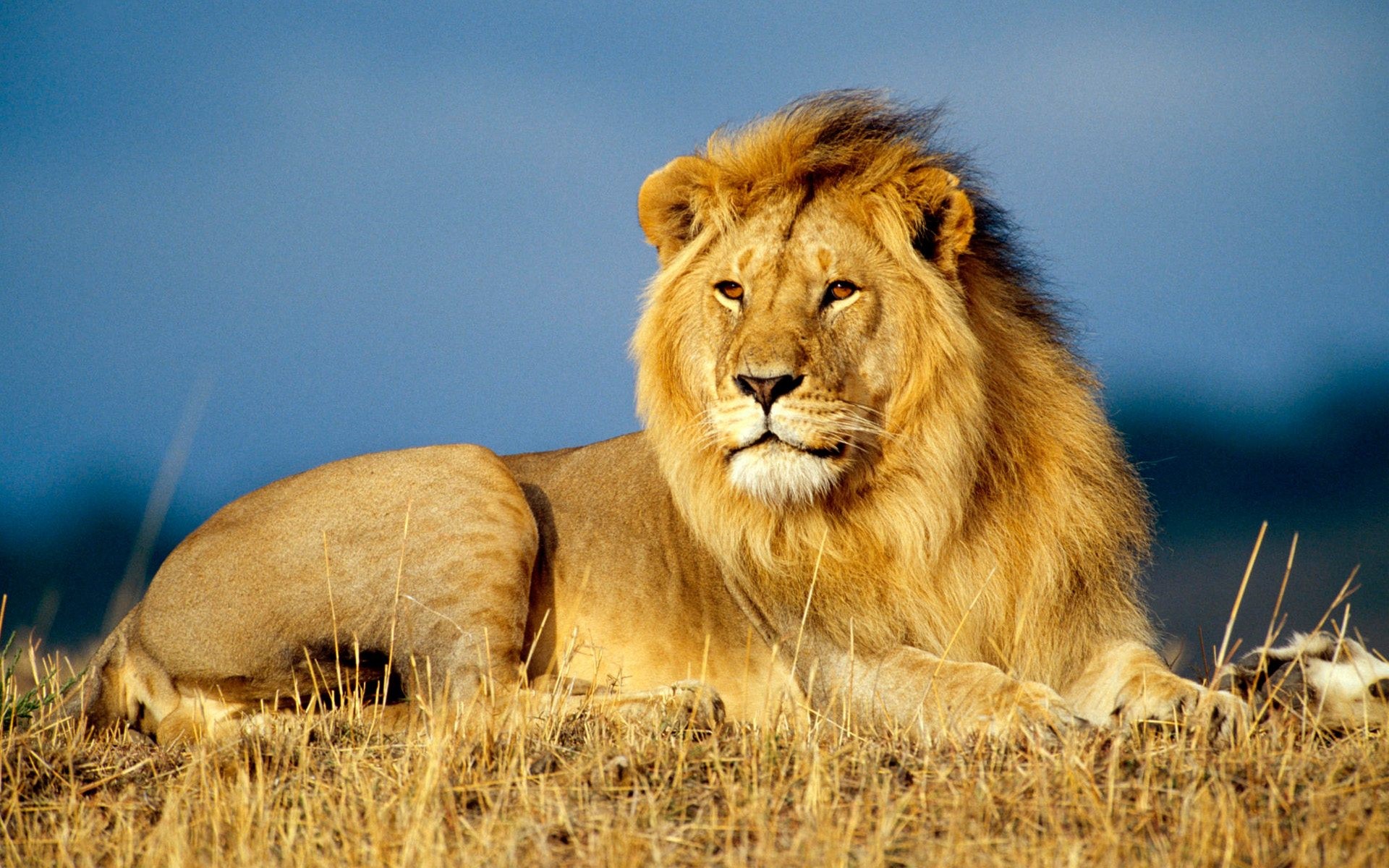 4. Kanha National Park
4. Kanha National Park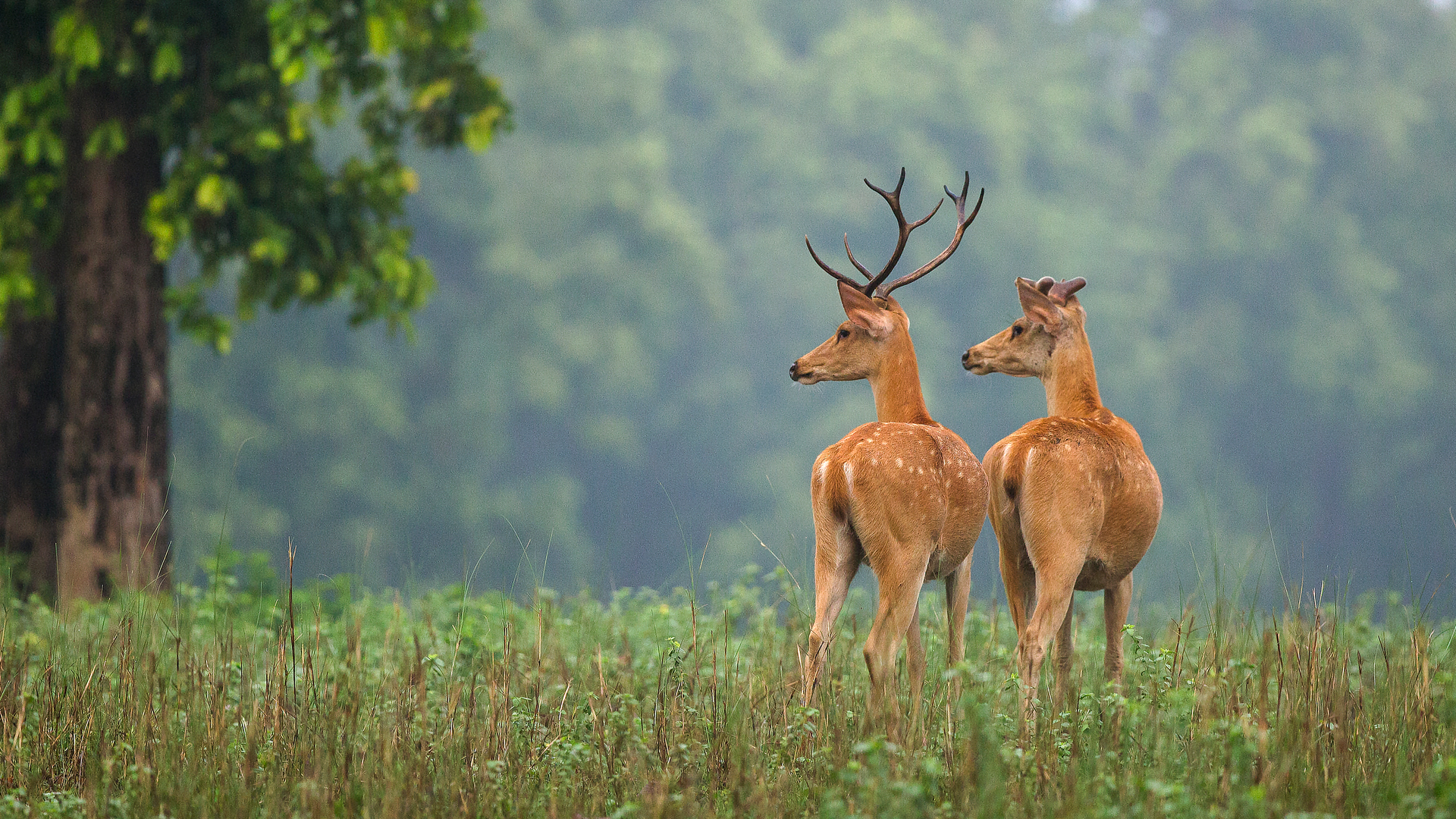
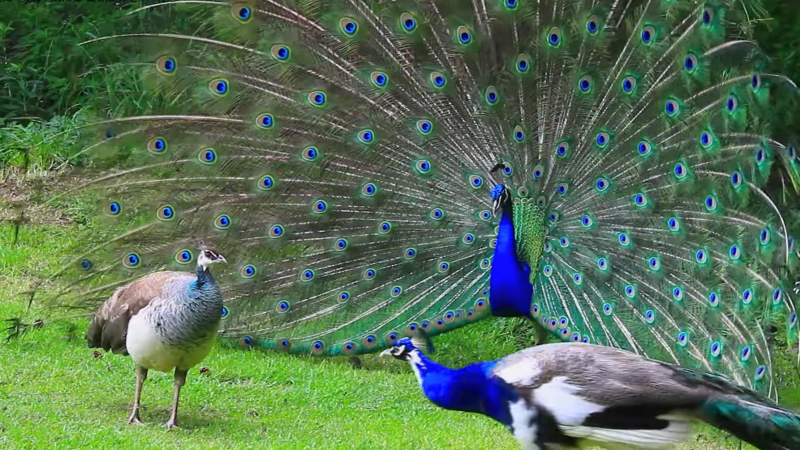
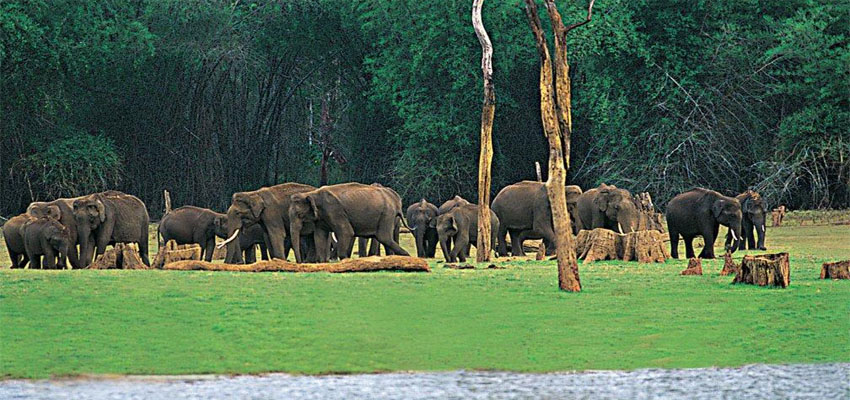
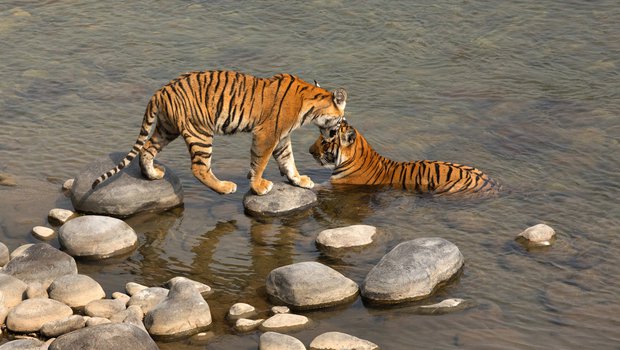
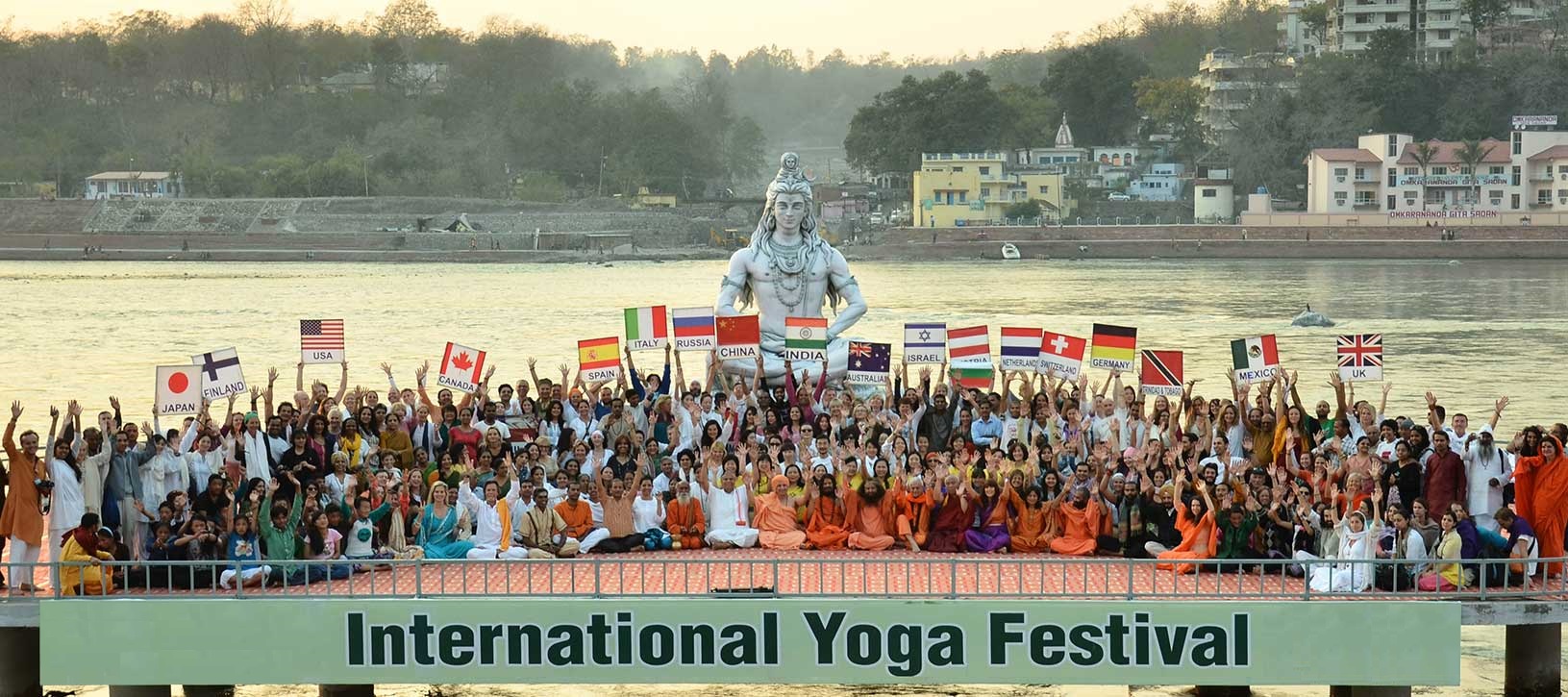 The best of wellness experiences in India, Rishikesh and the Yoga Festival has many compelling reasons to not miss out. The many ashrams, temples and the river banks are a notable spot for both first time and returning visitors to India. In fact, Rishikesh has earned a position among the most-sought
The best of wellness experiences in India, Rishikesh and the Yoga Festival has many compelling reasons to not miss out. The many ashrams, temples and the river banks are a notable spot for both first time and returning visitors to India. In fact, Rishikesh has earned a position among the most-sought 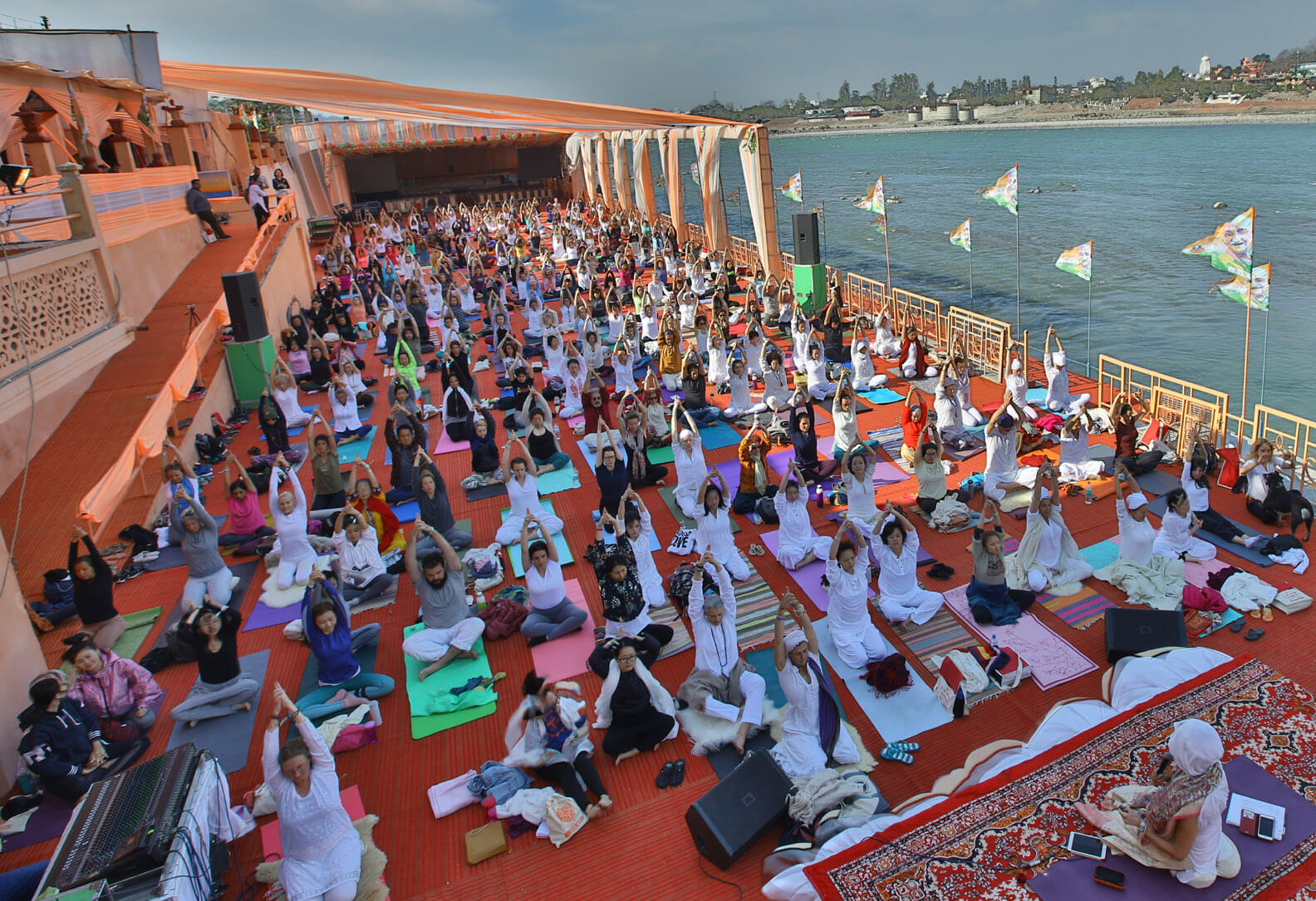 International Yoga Festival -1st to 7th March at Parmarth Niketan Ashram
International Yoga Festival -1st to 7th March at Parmarth Niketan Ashram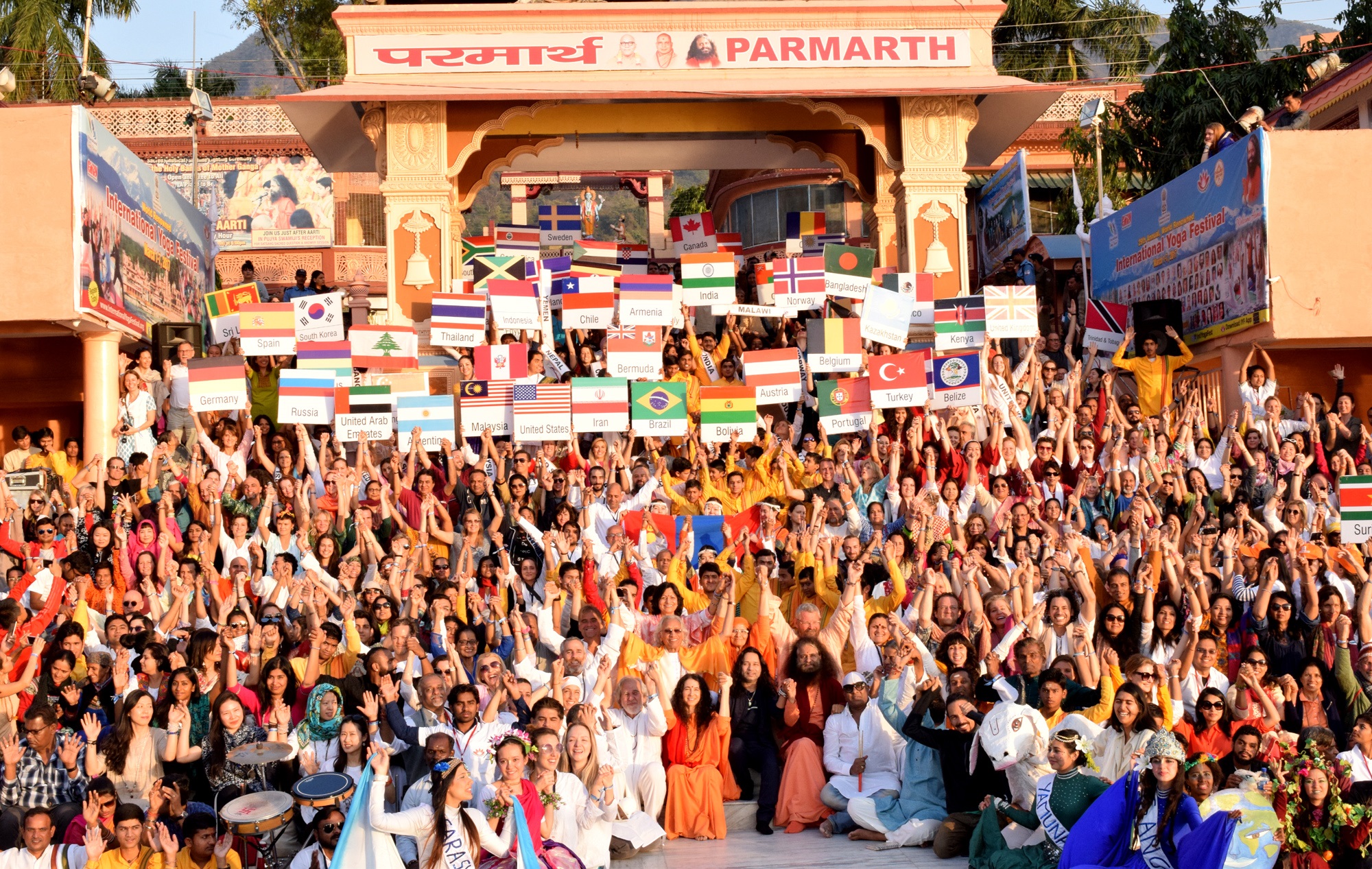 Experience Life of Yogi at an Ashram
Experience Life of Yogi at an Ashram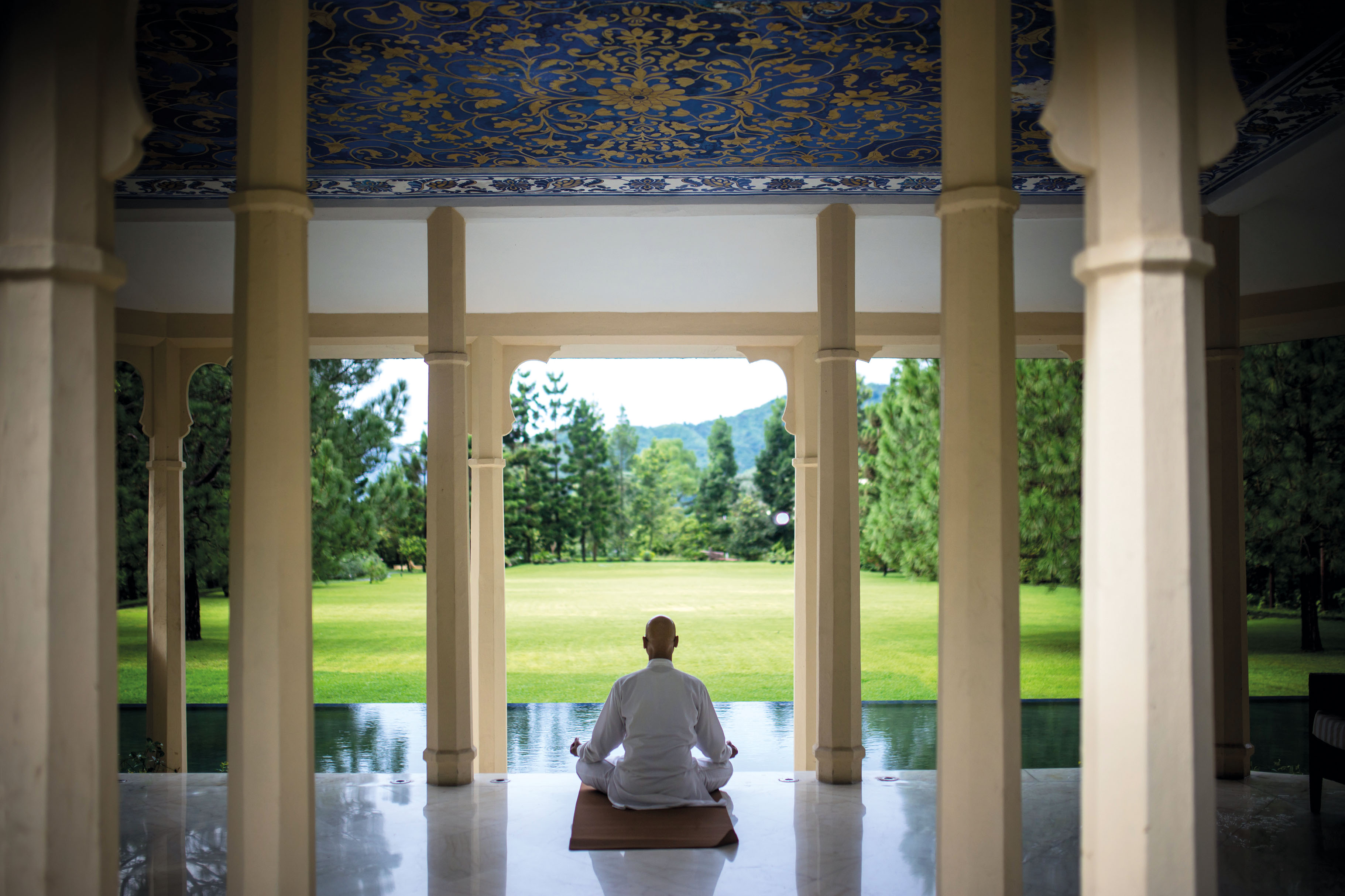 Temple Visit and Ganges Aarti ceremony
Temple Visit and Ganges Aarti ceremony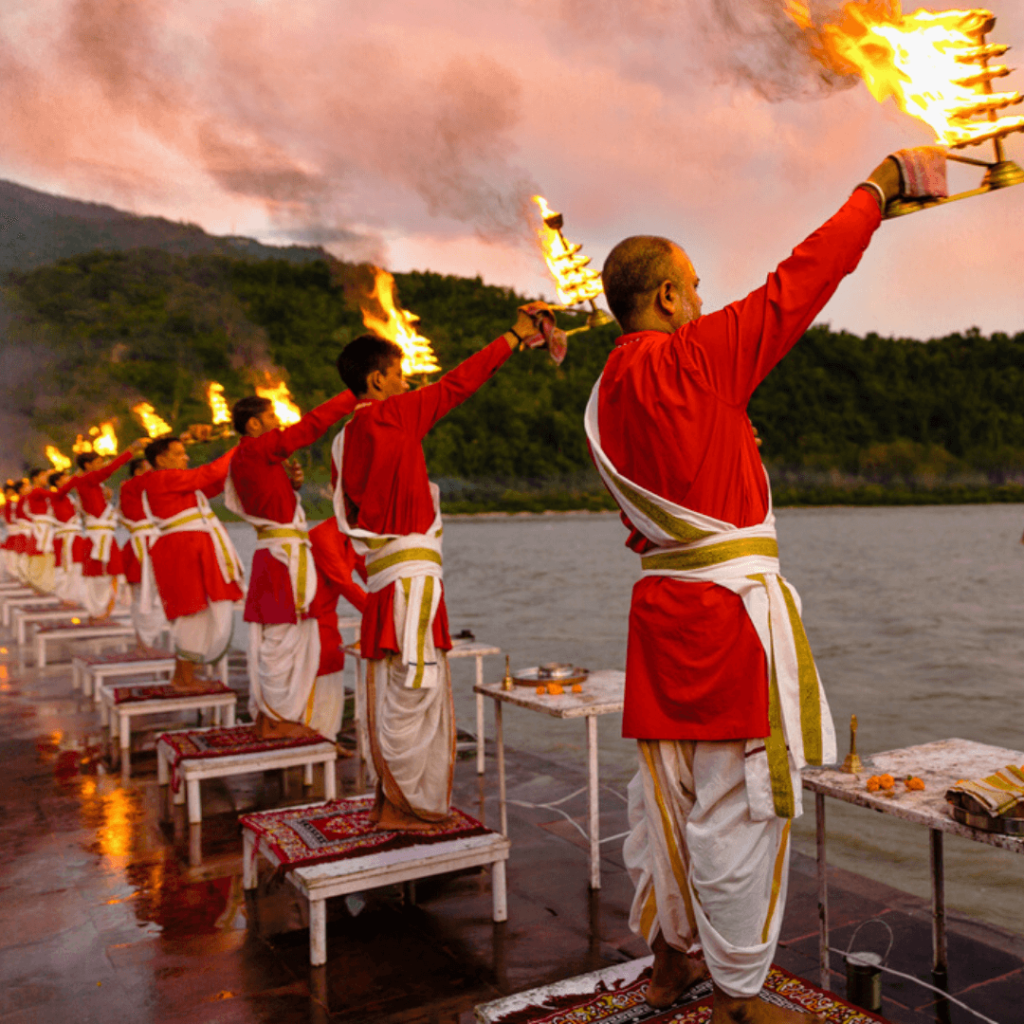
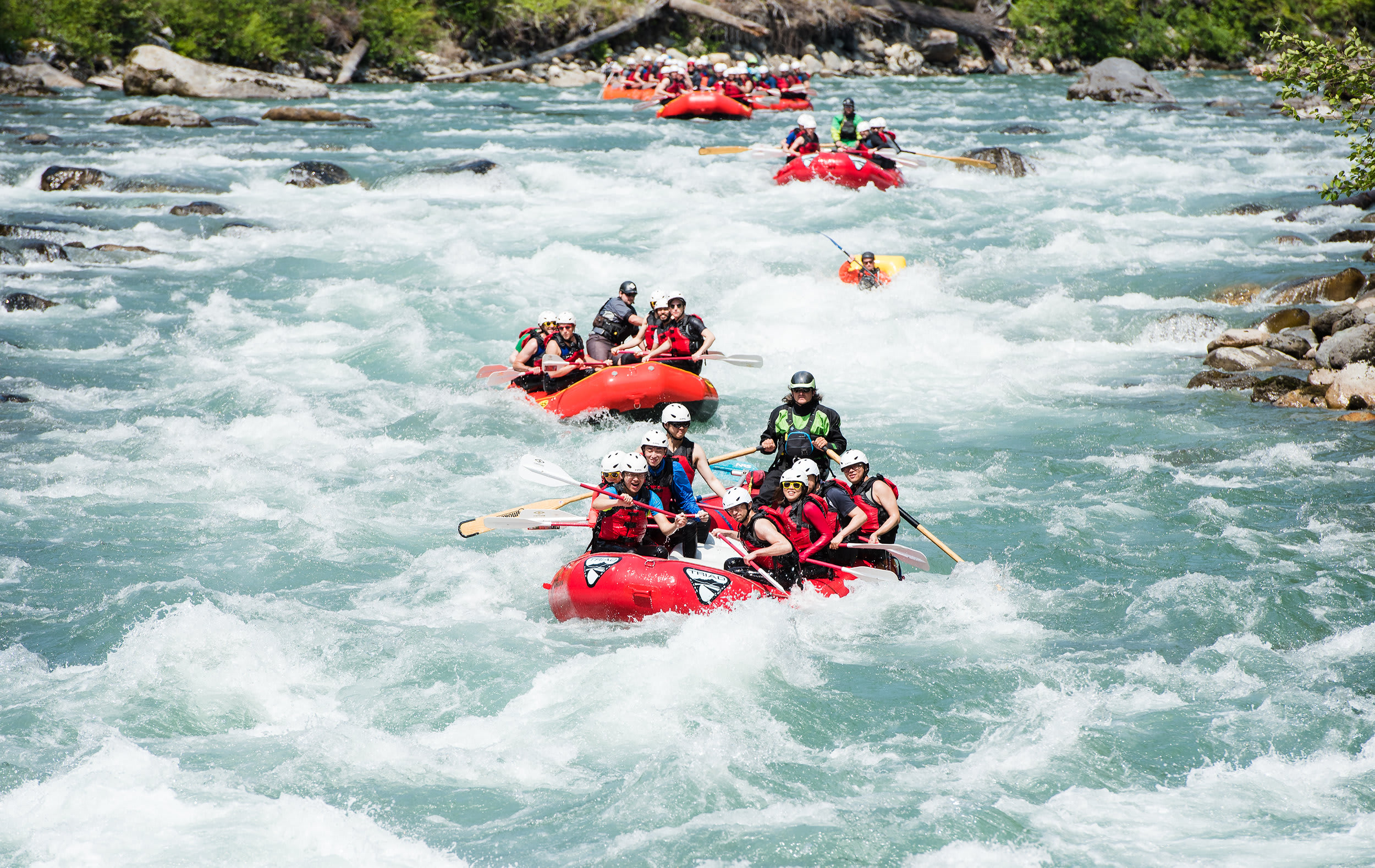 Stay in the spiritual bliss of Rishikesh
Stay in the spiritual bliss of Rishikesh
